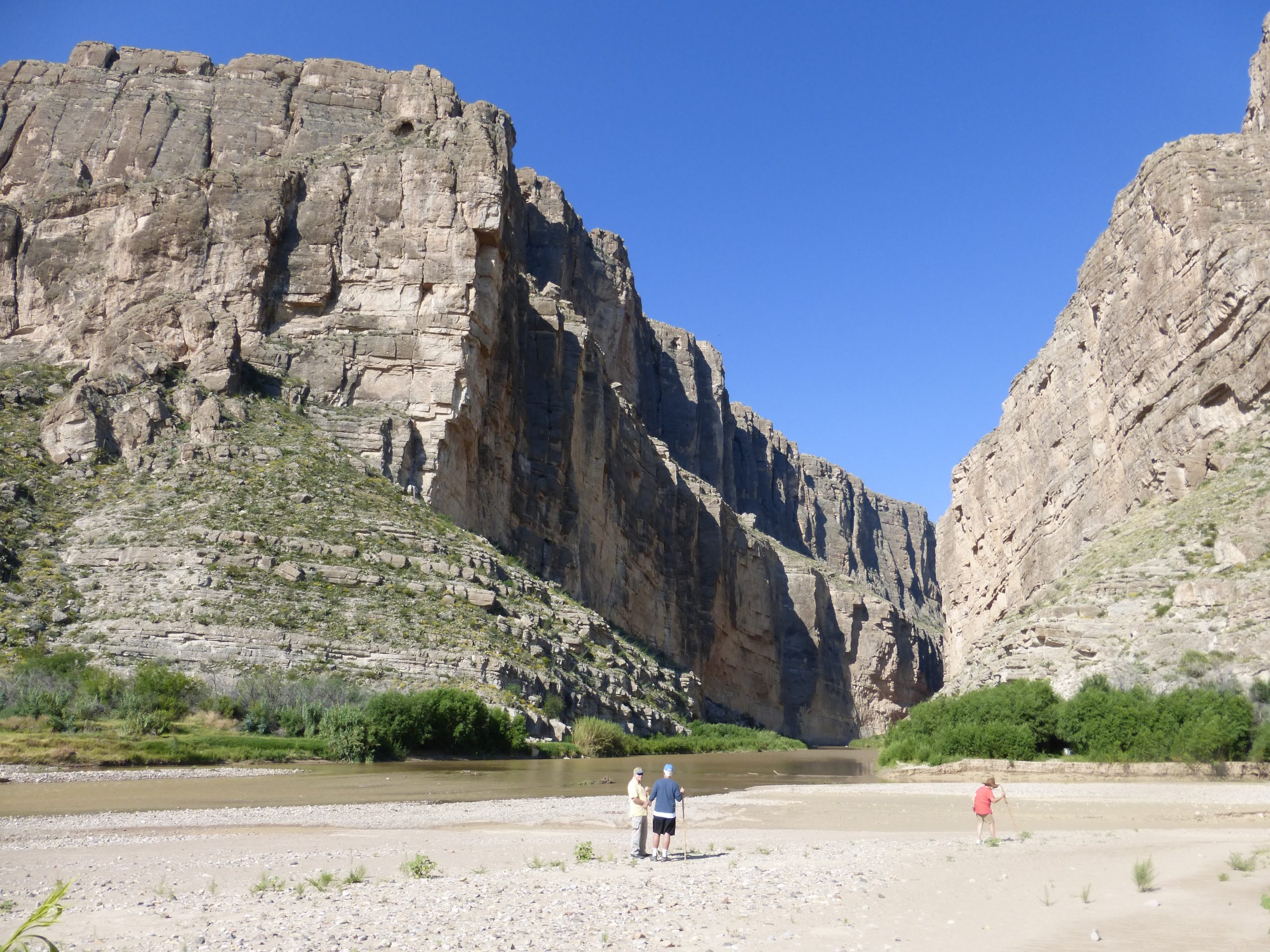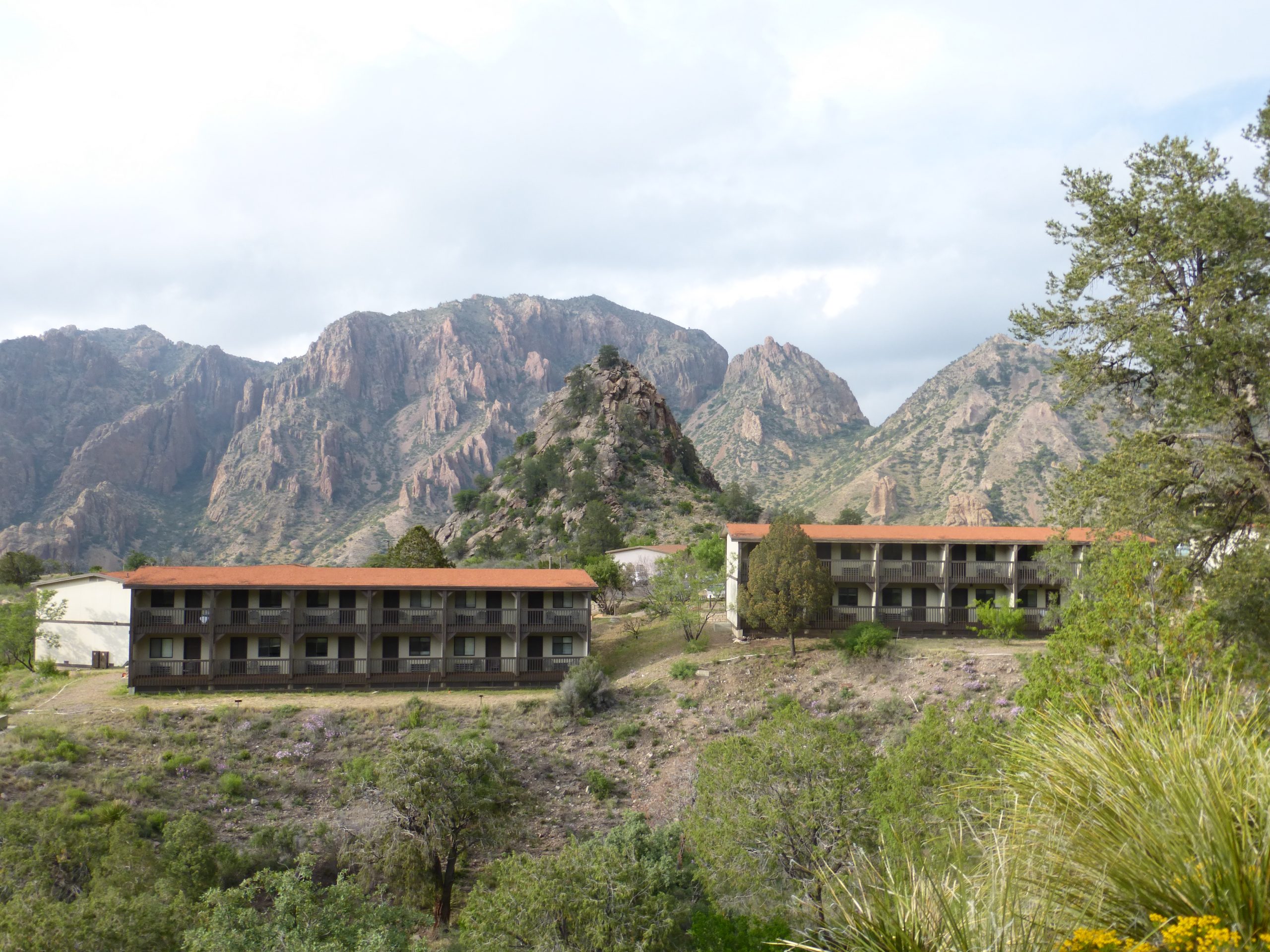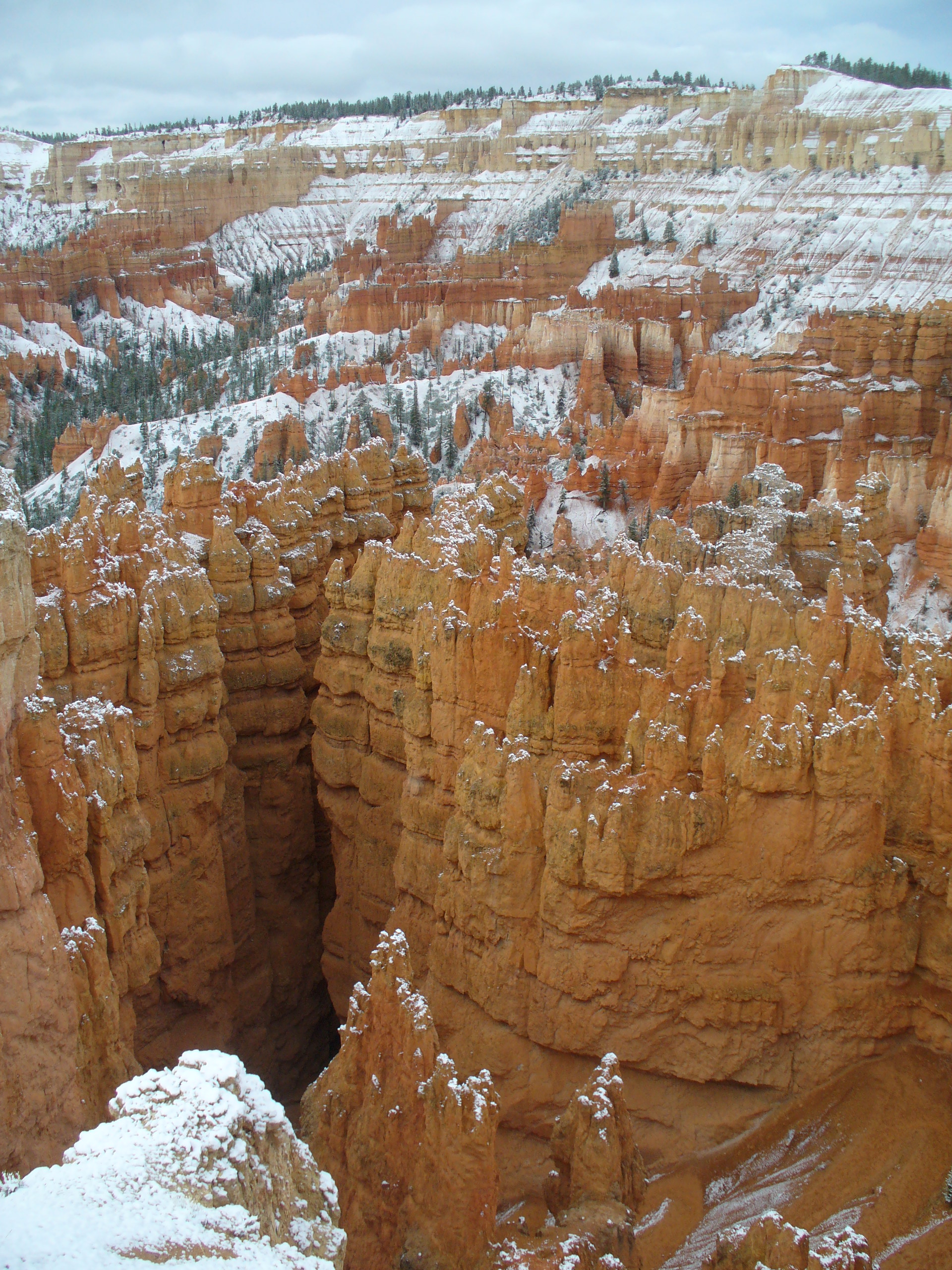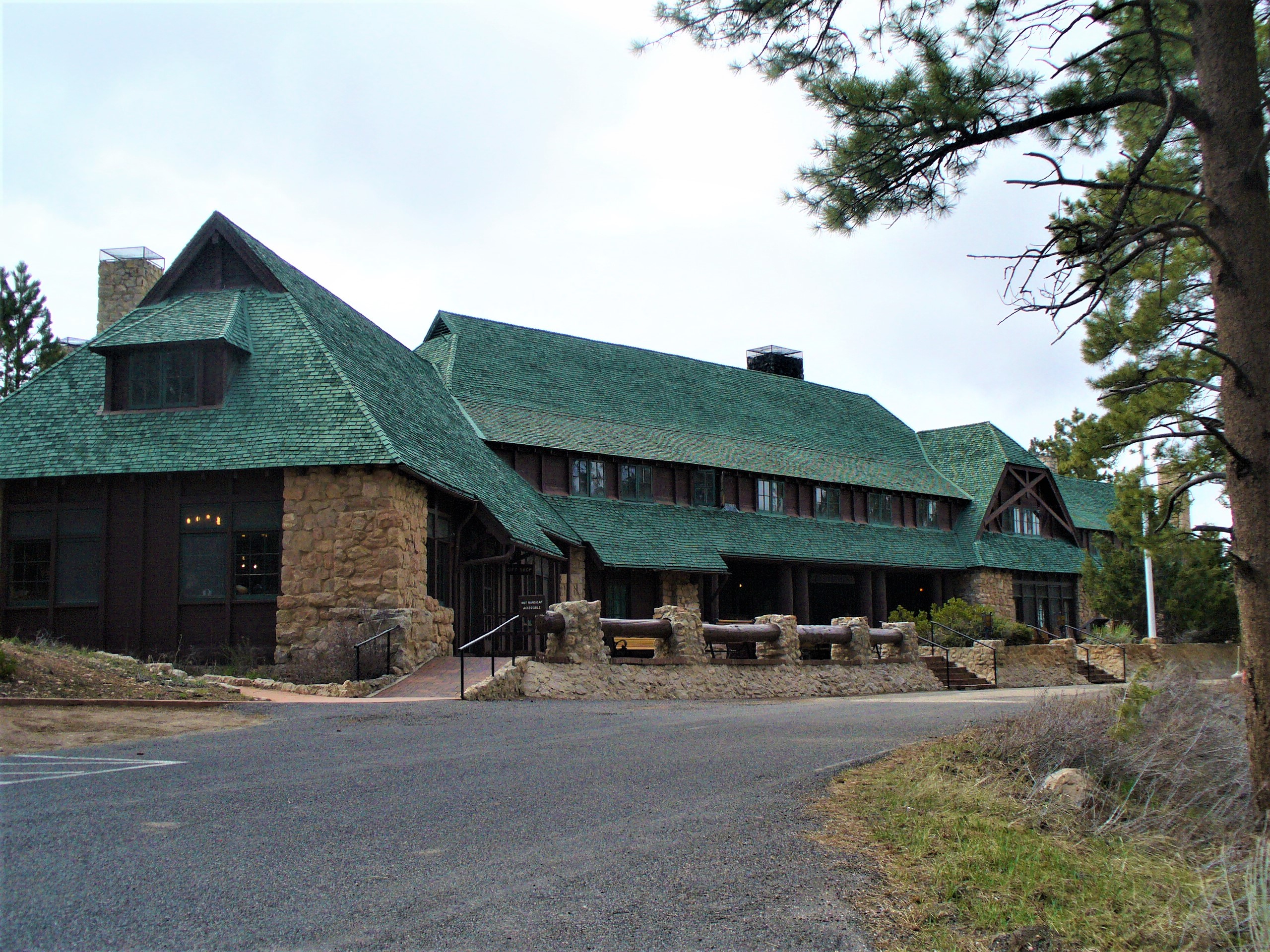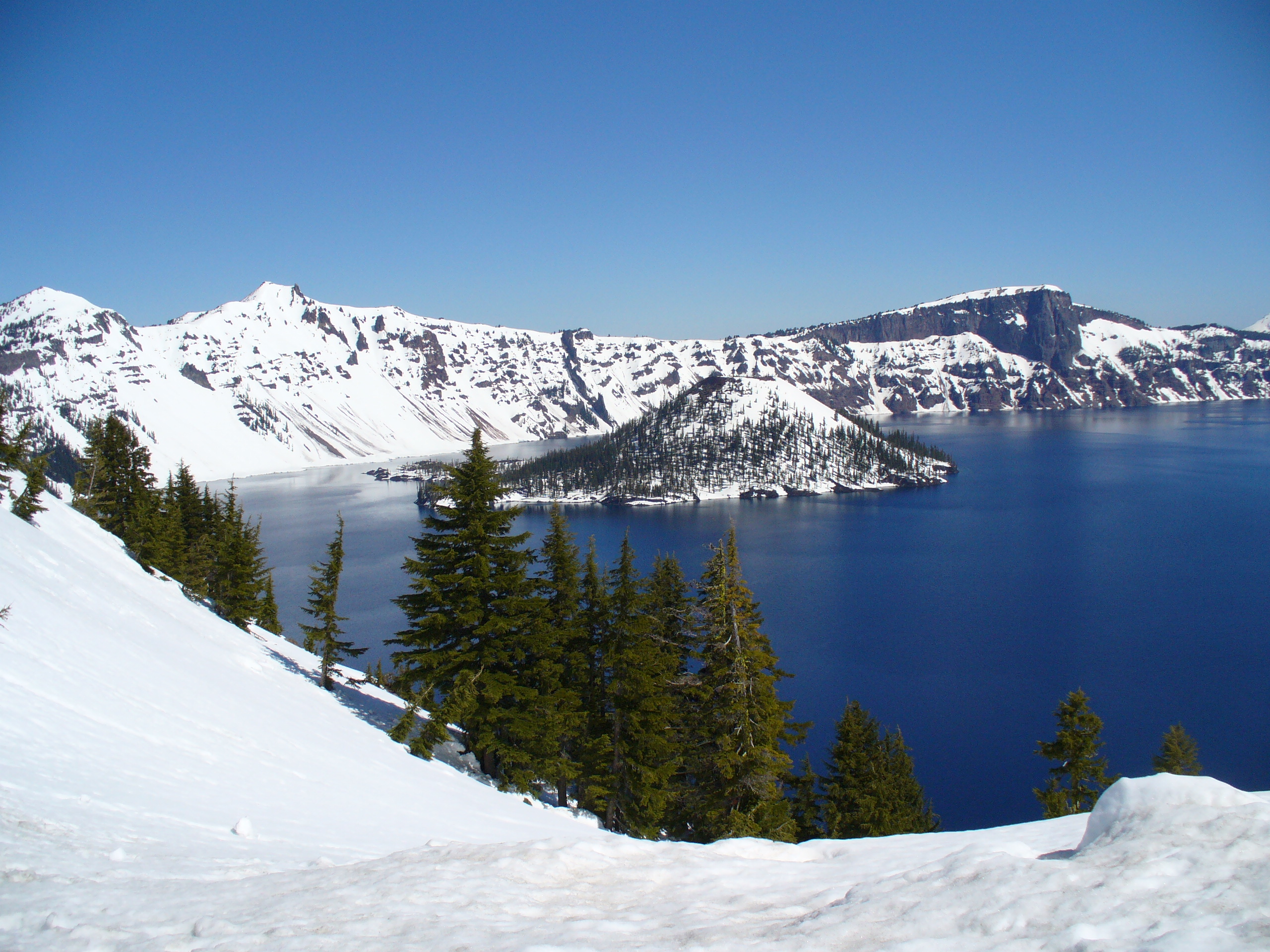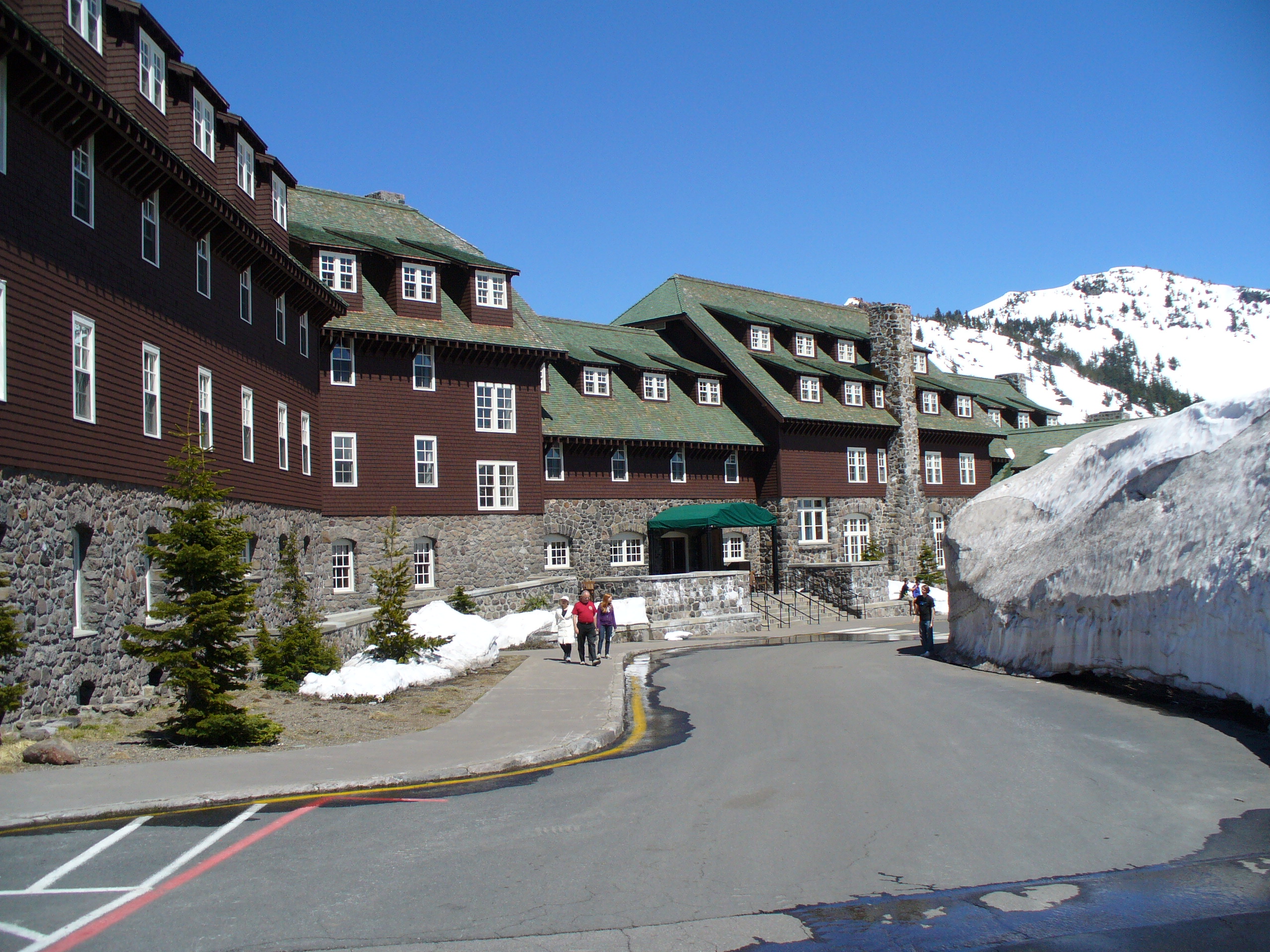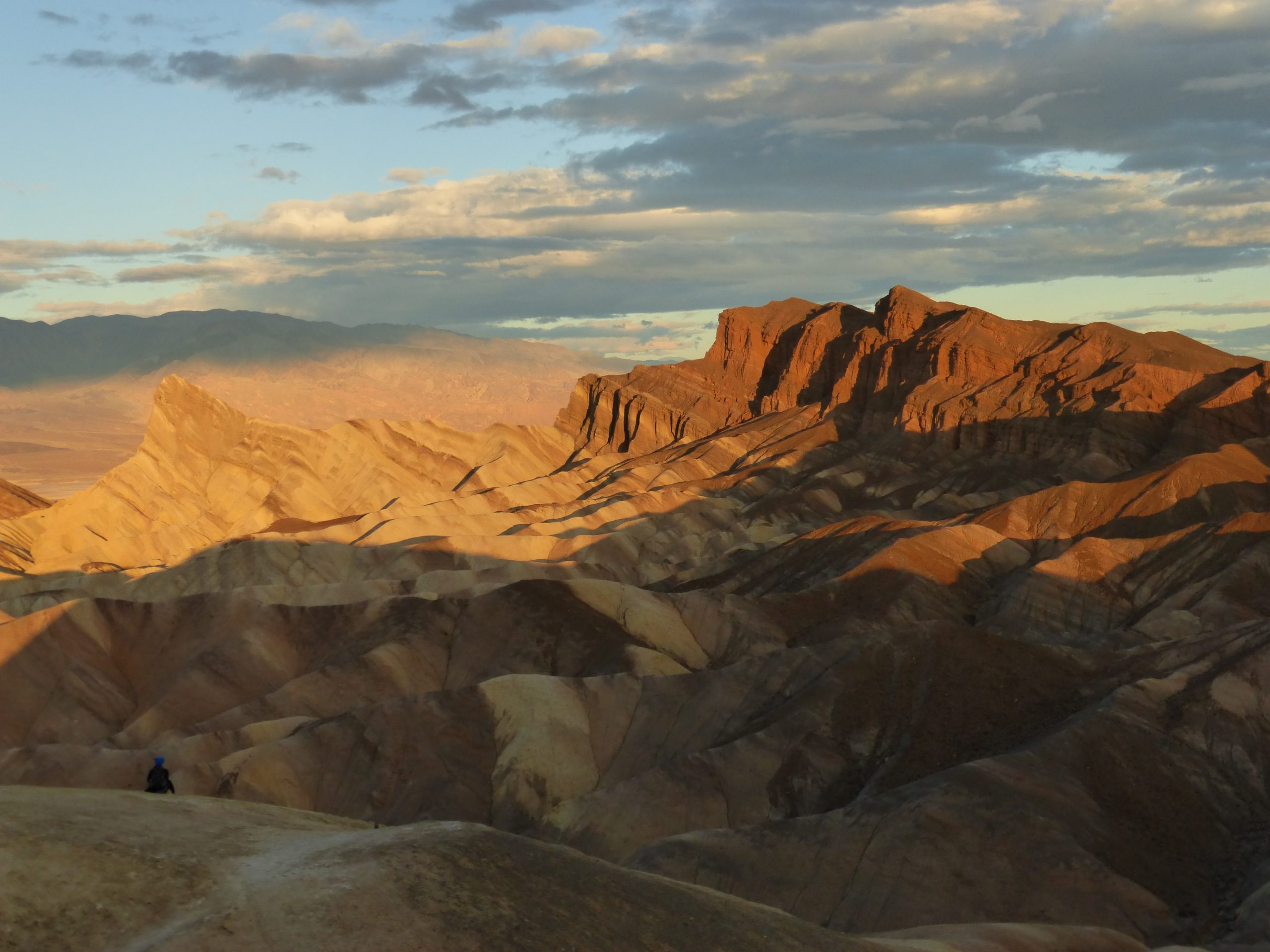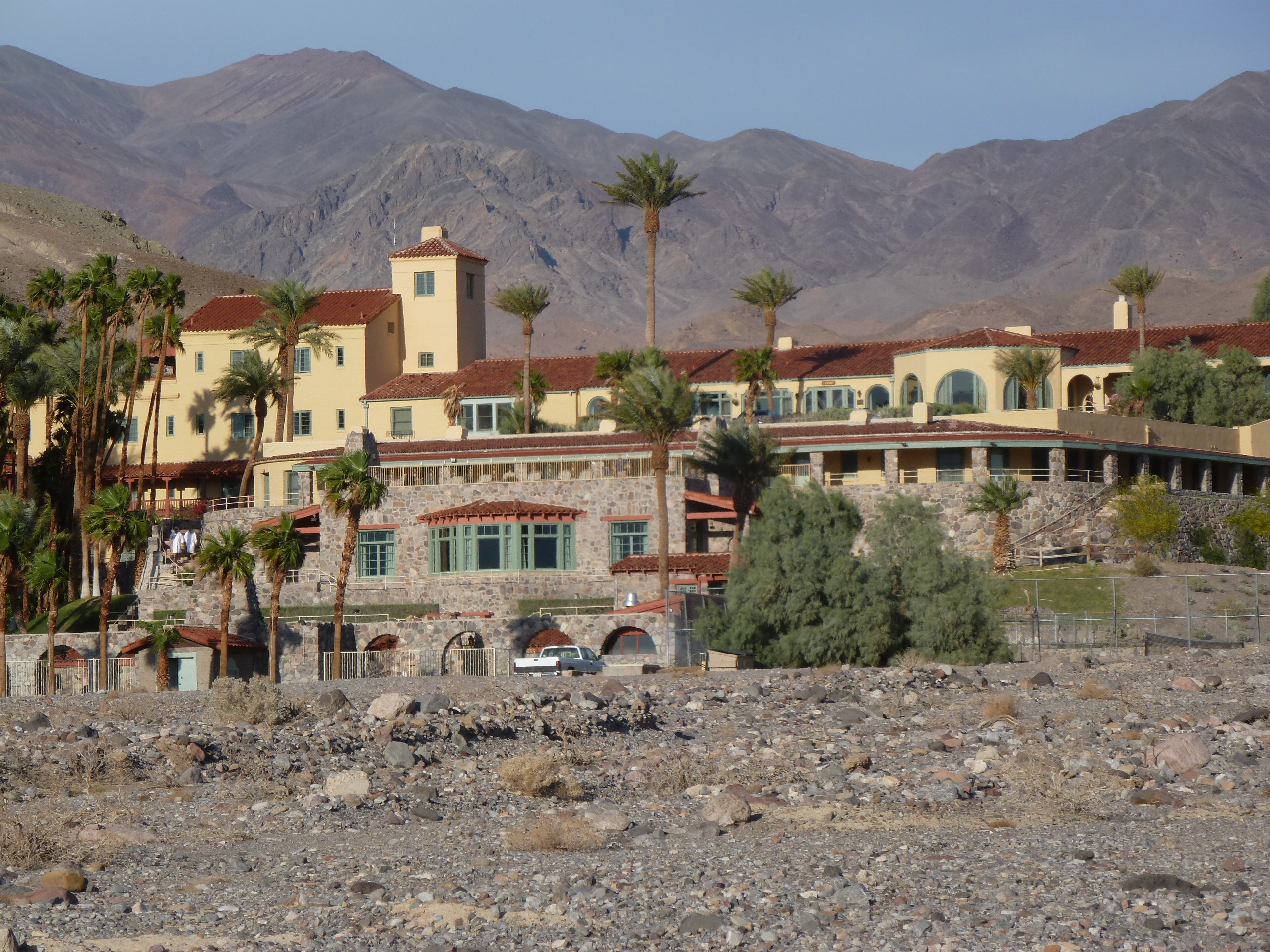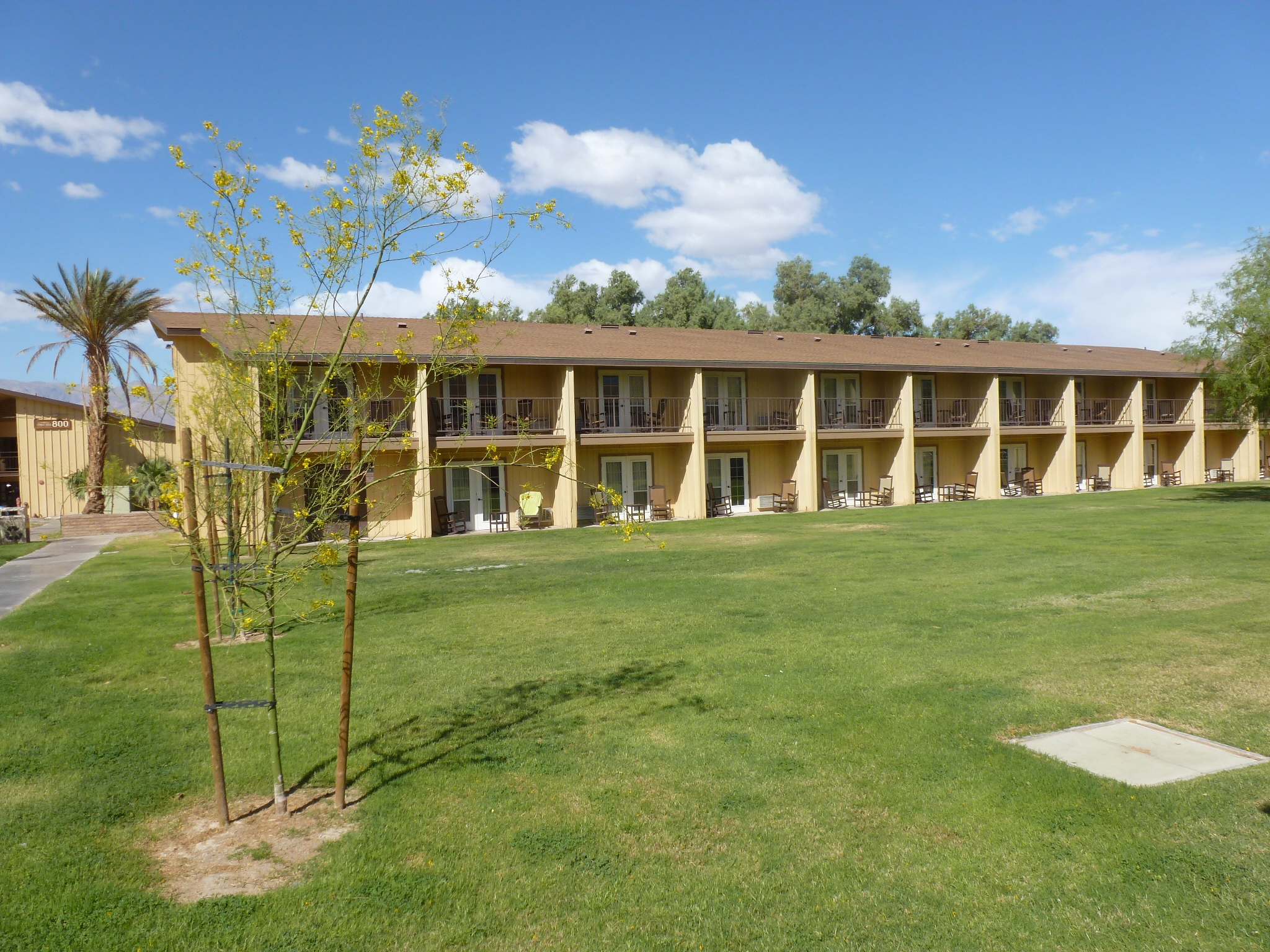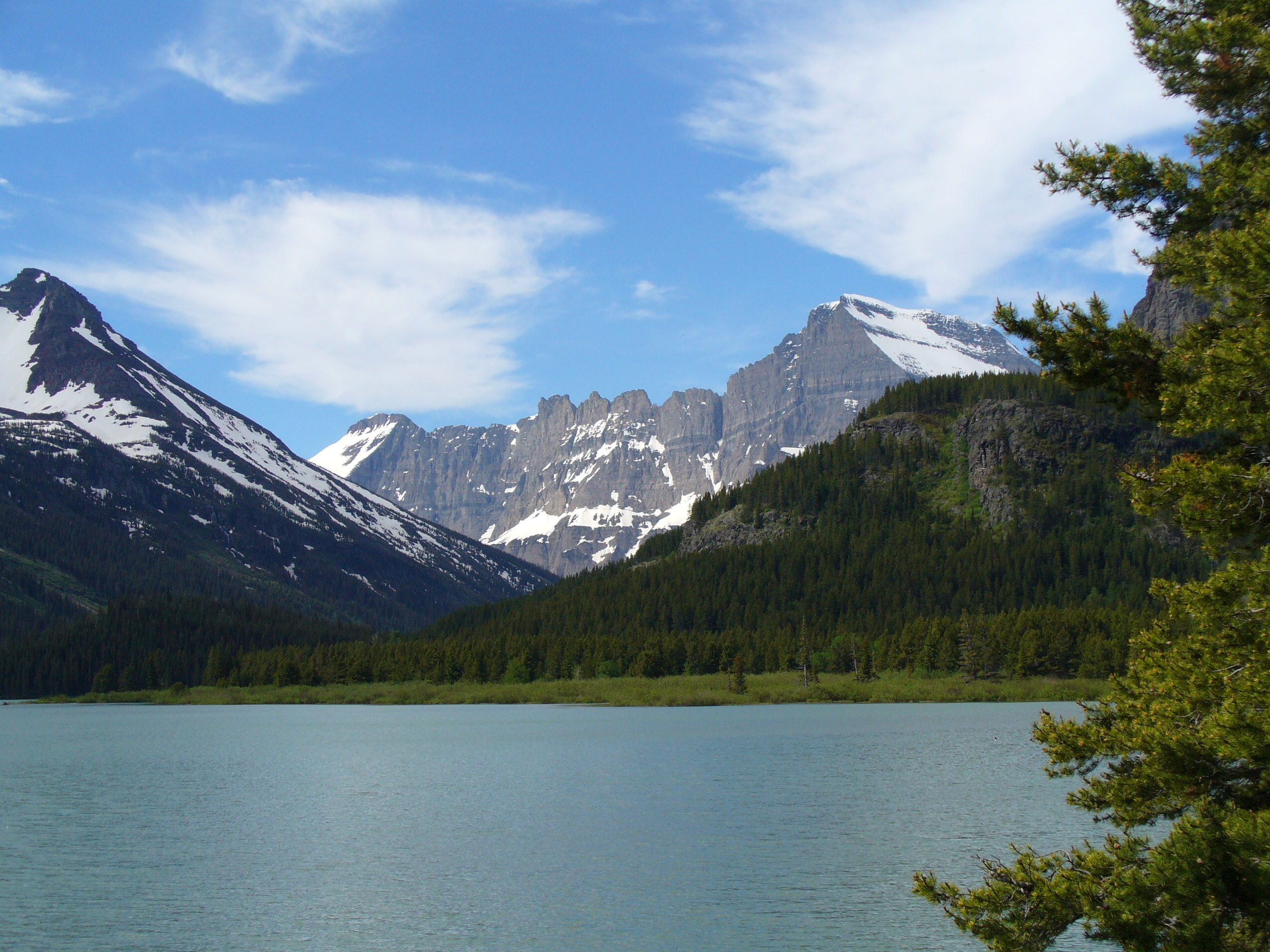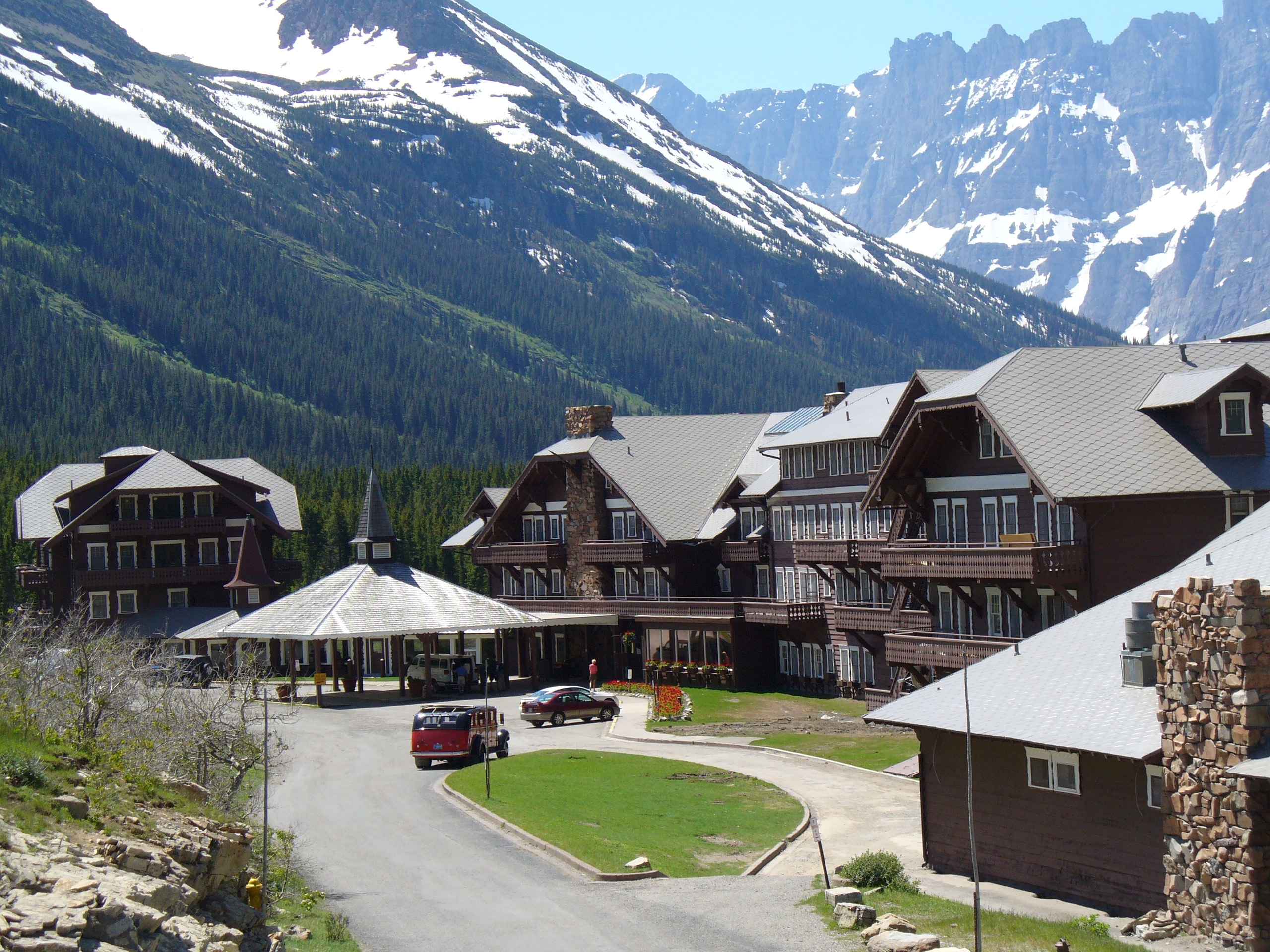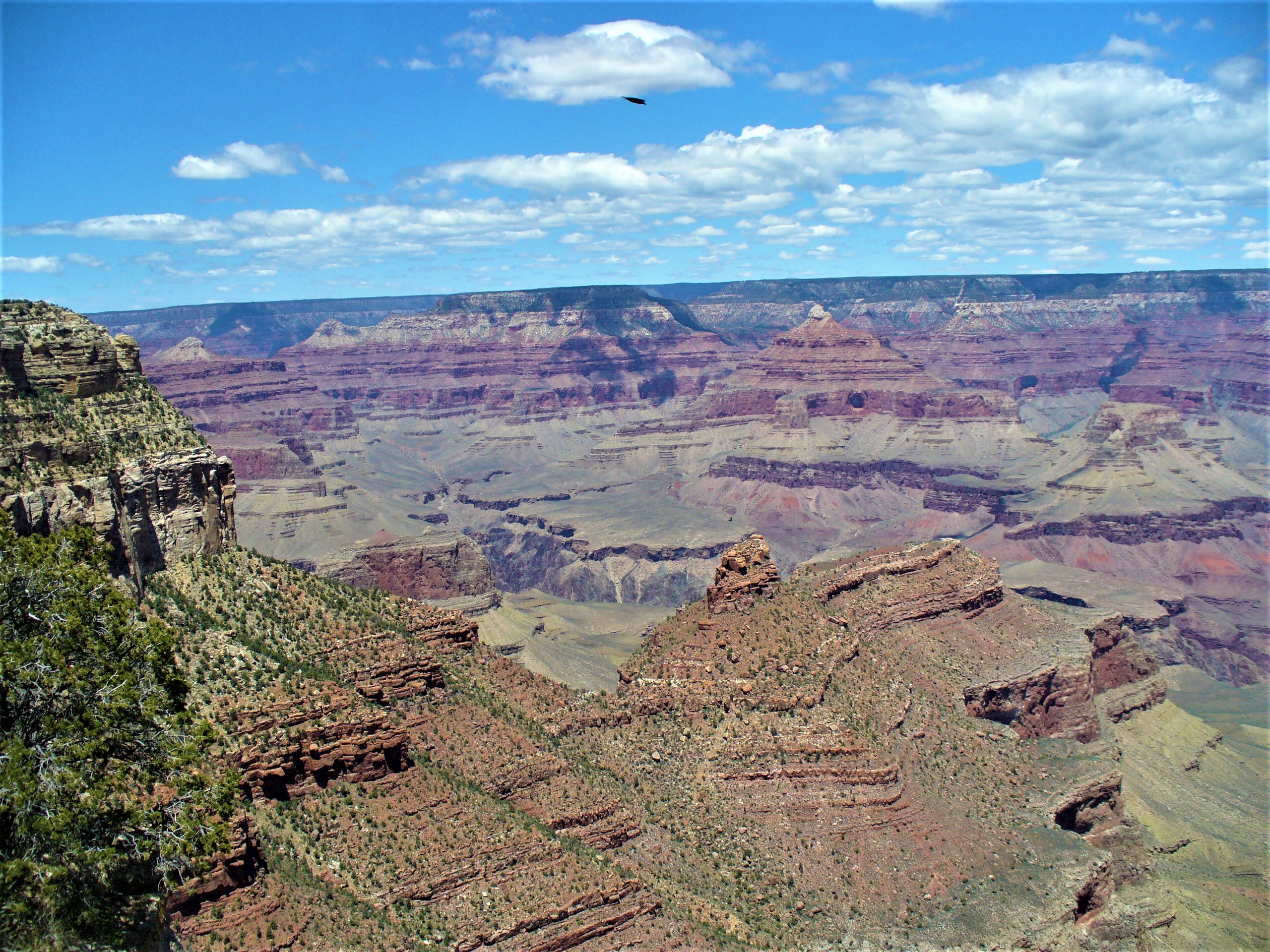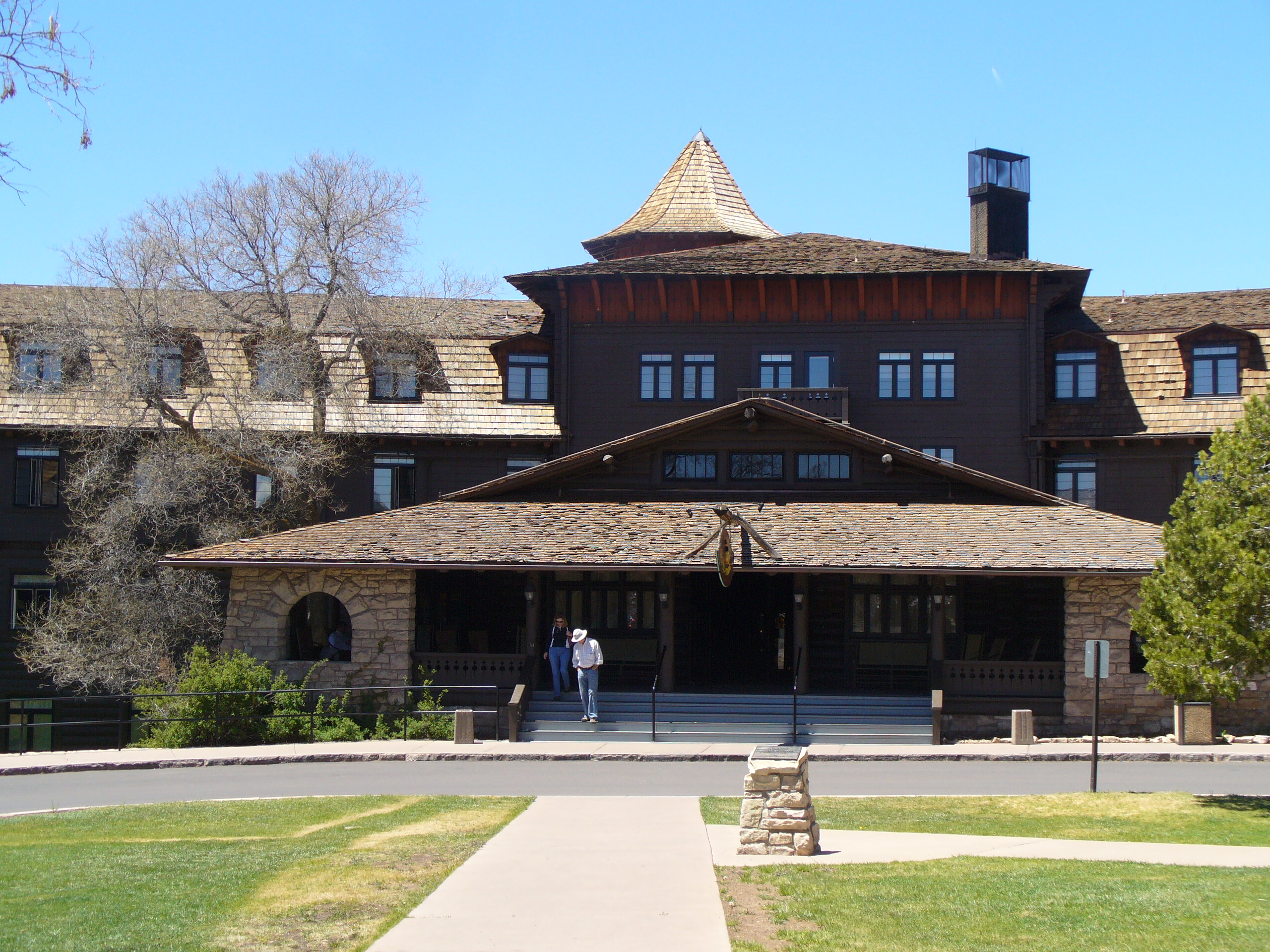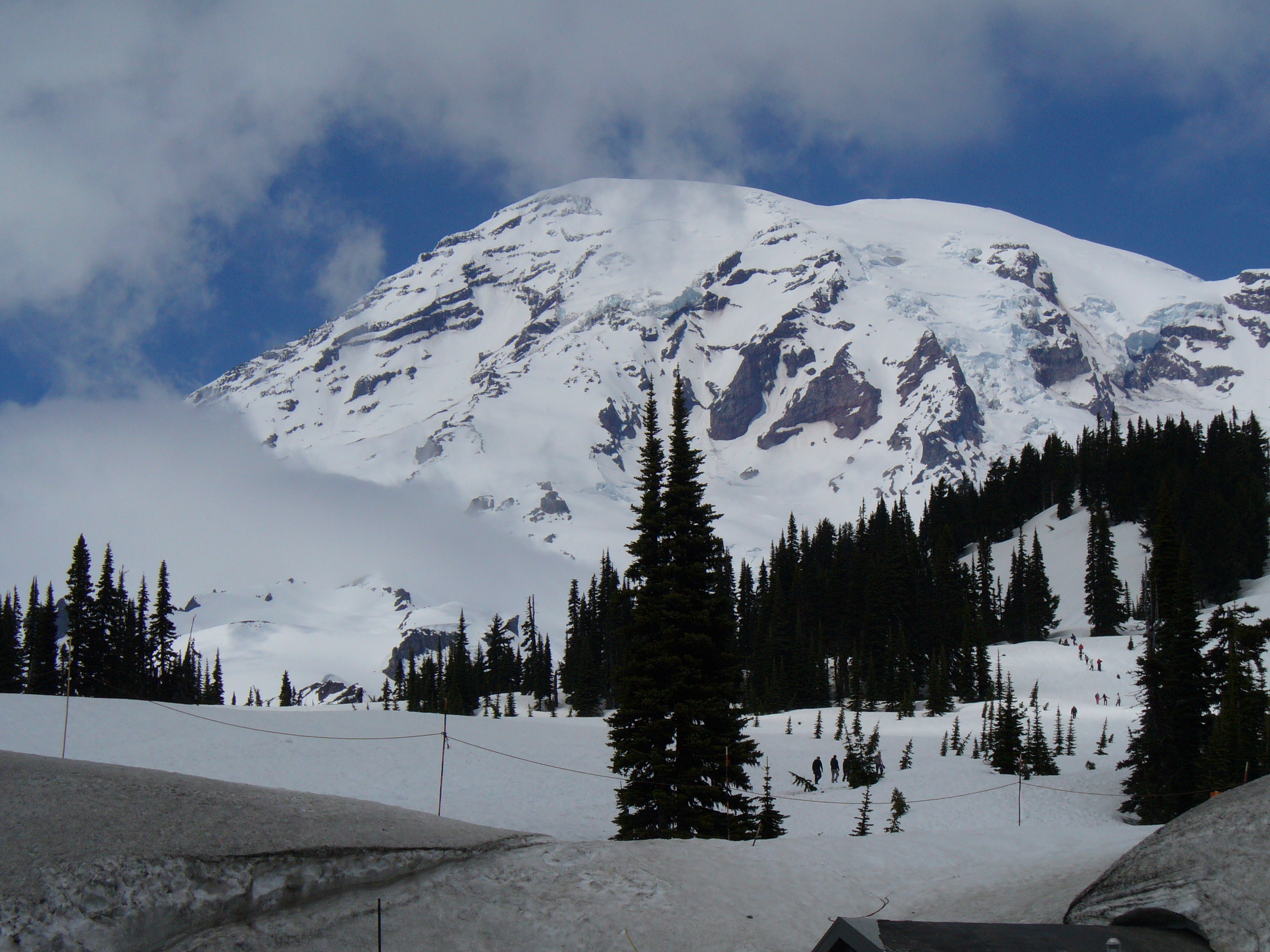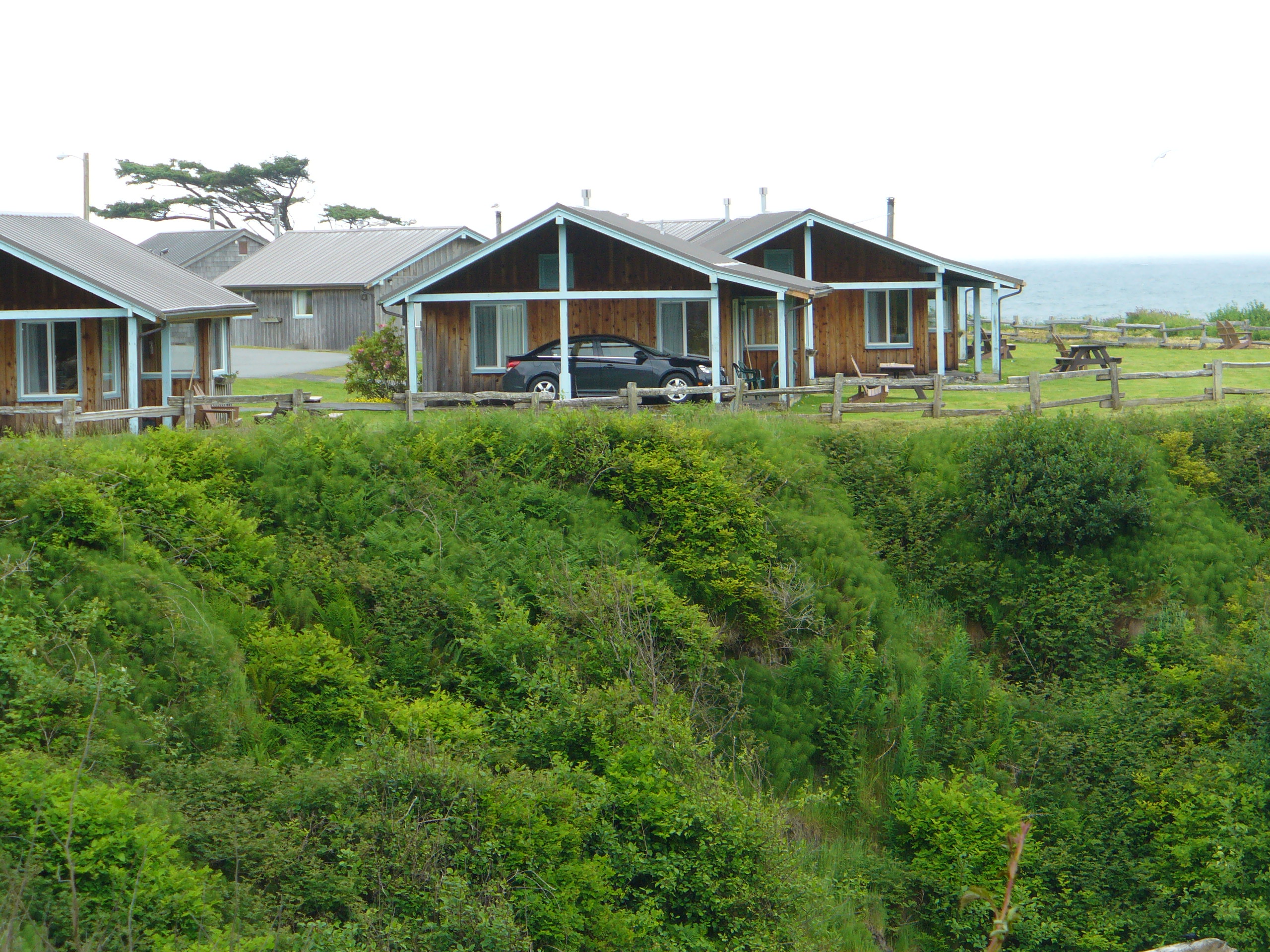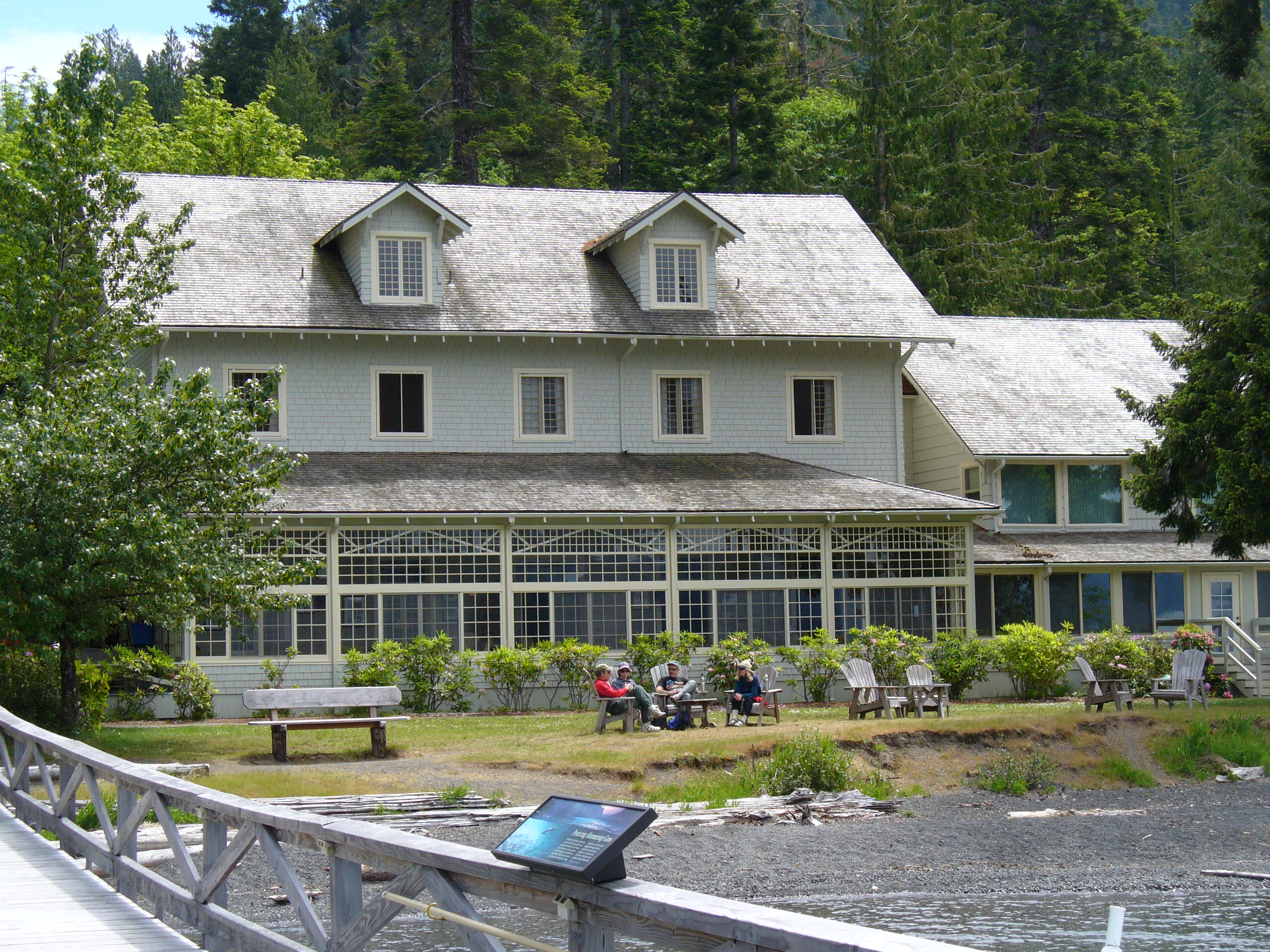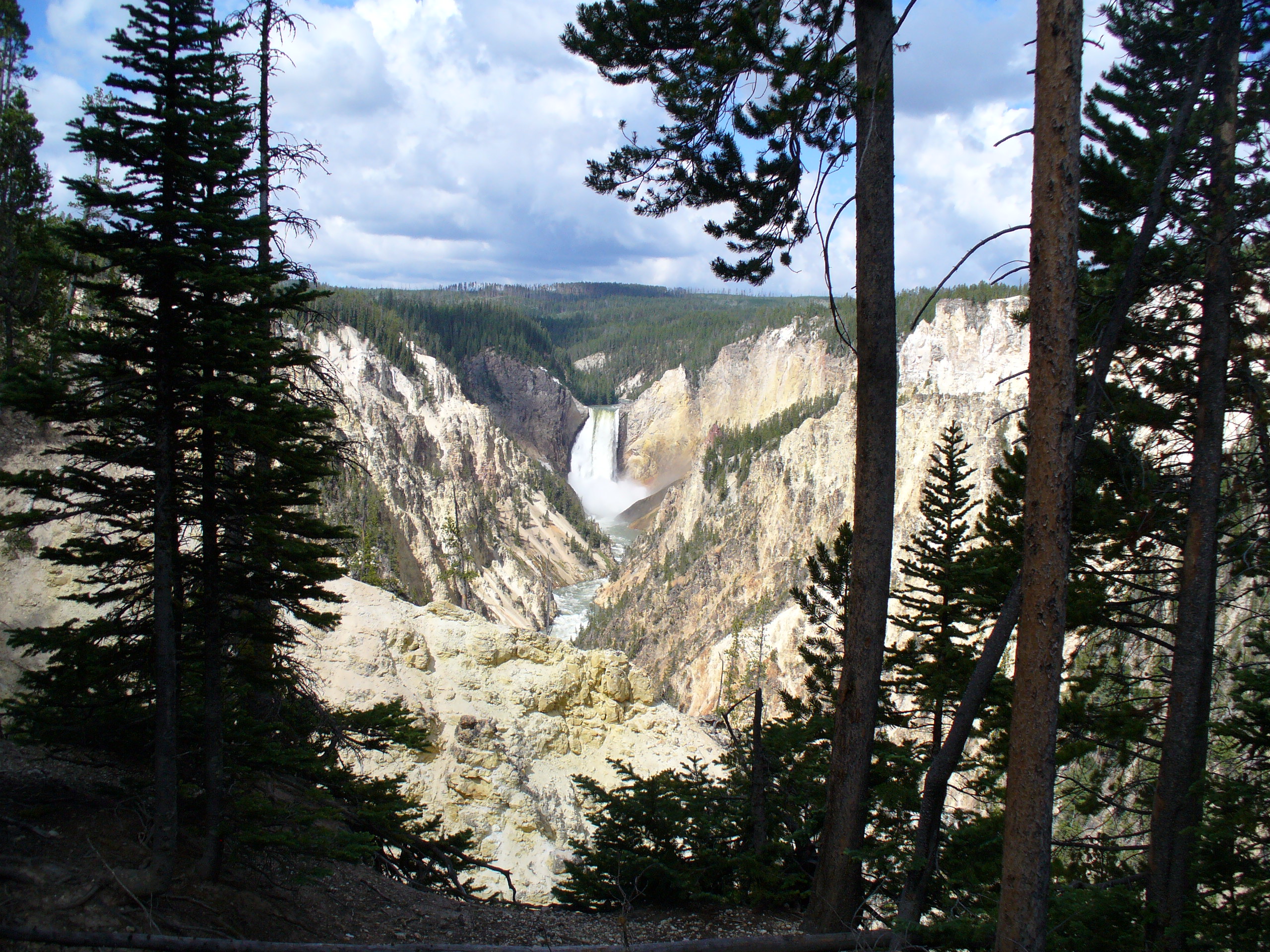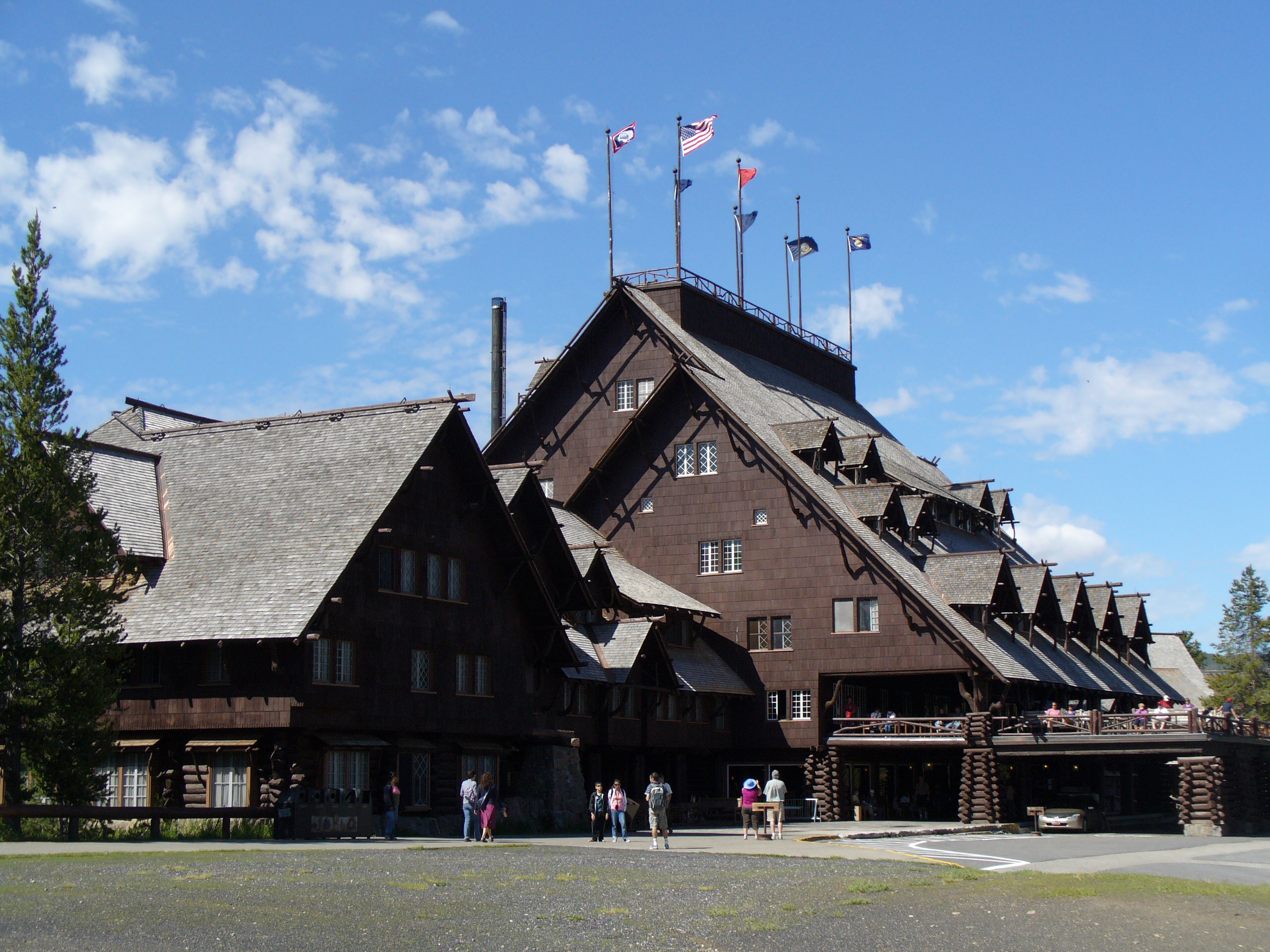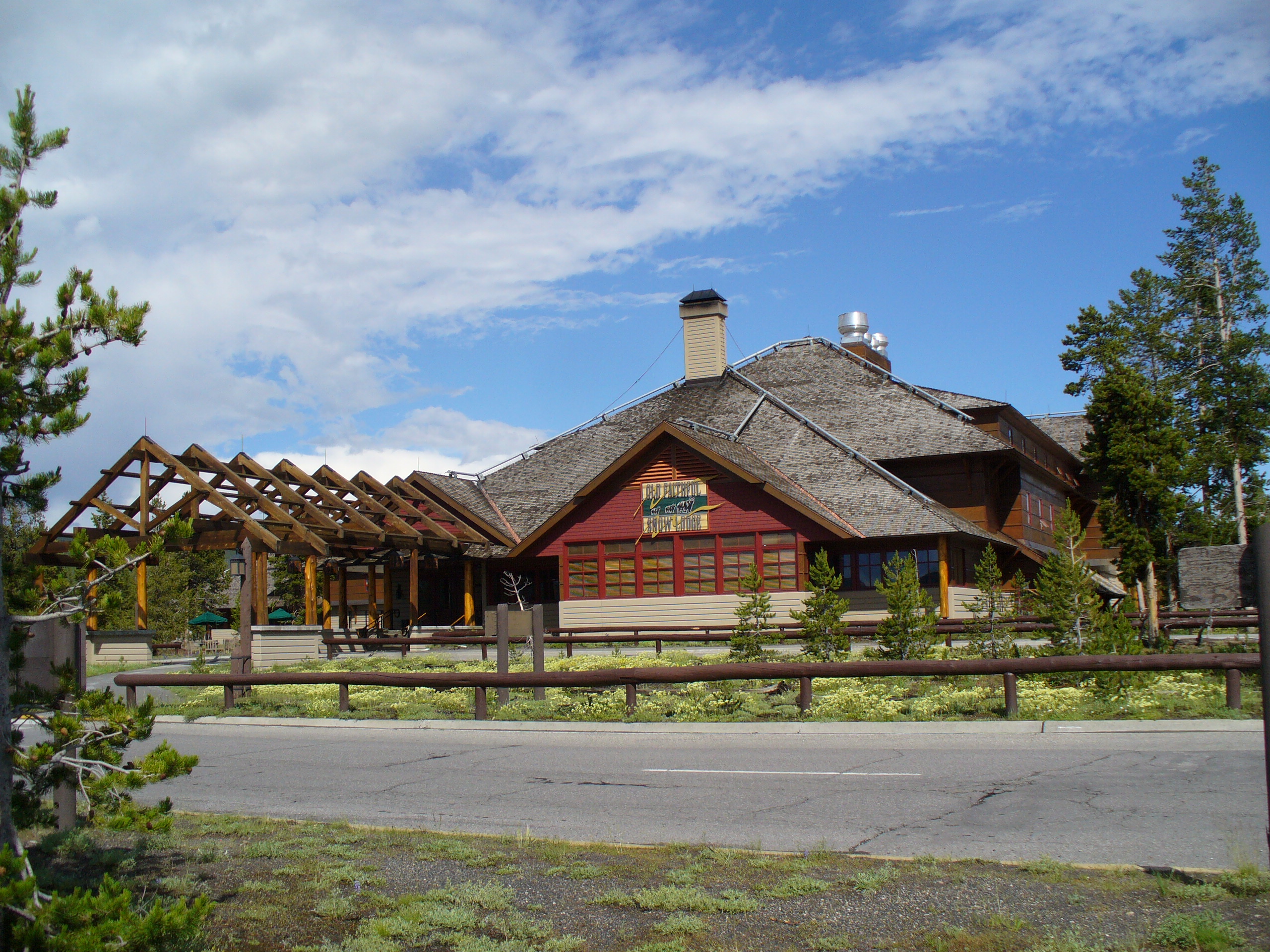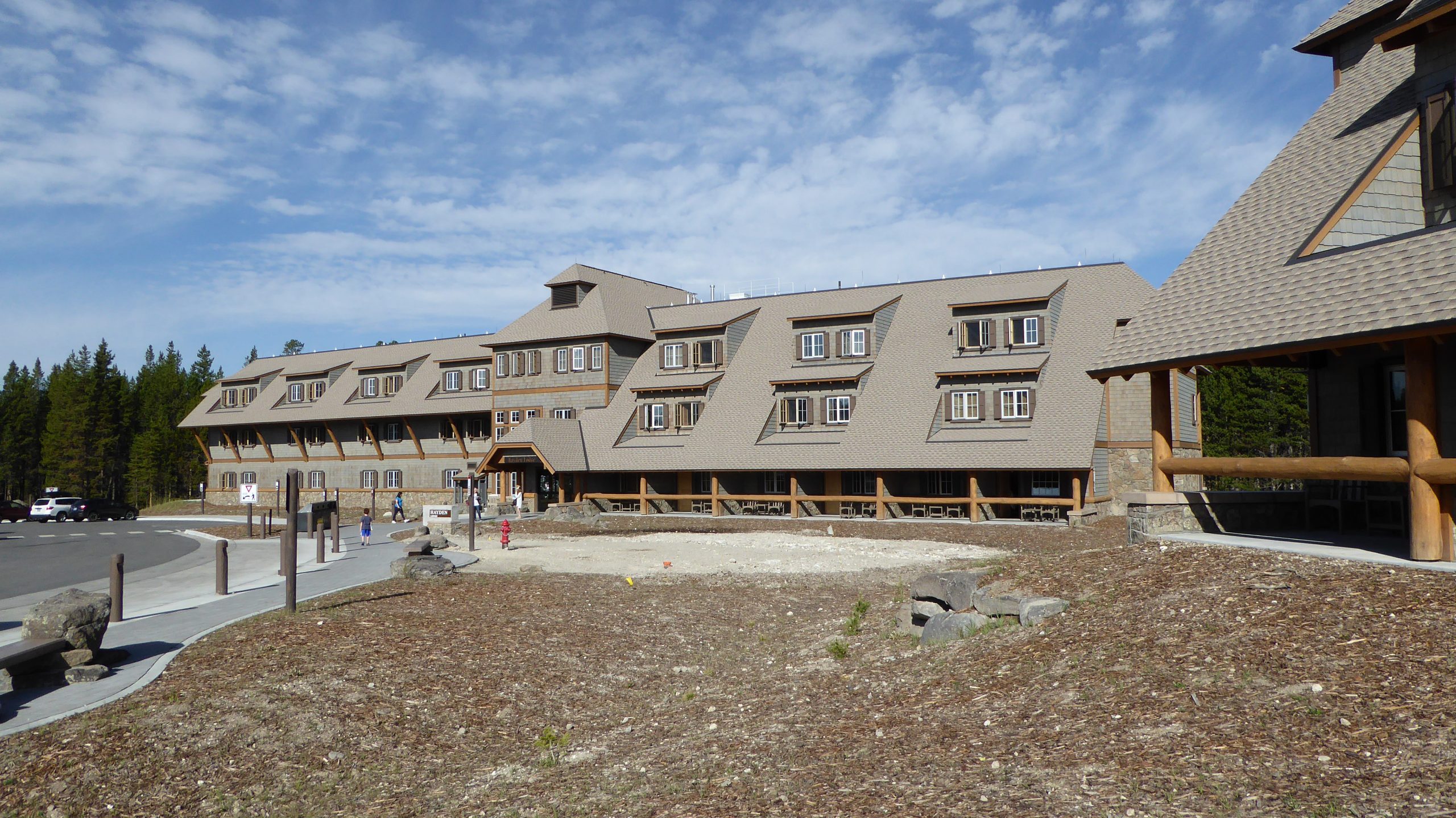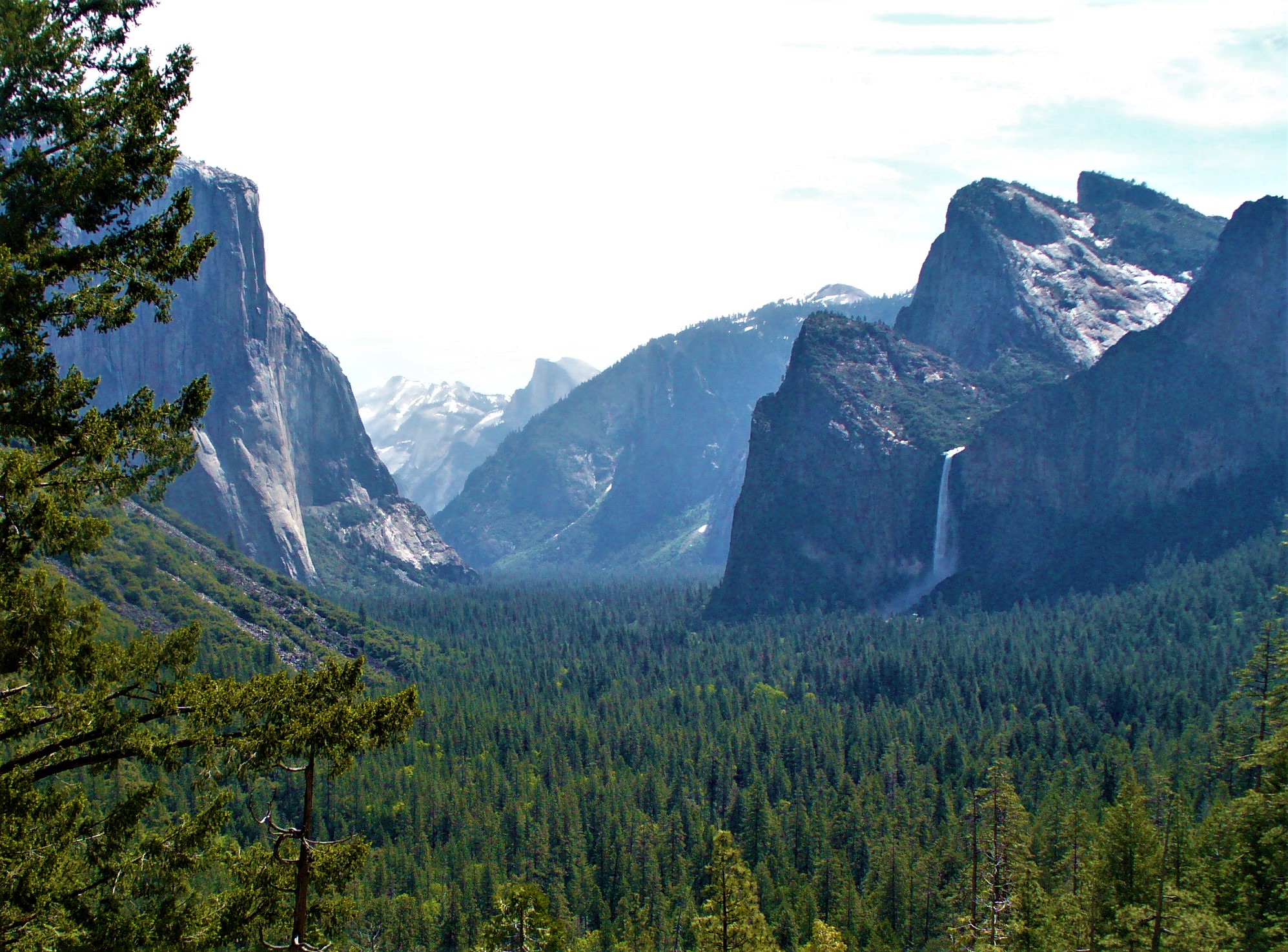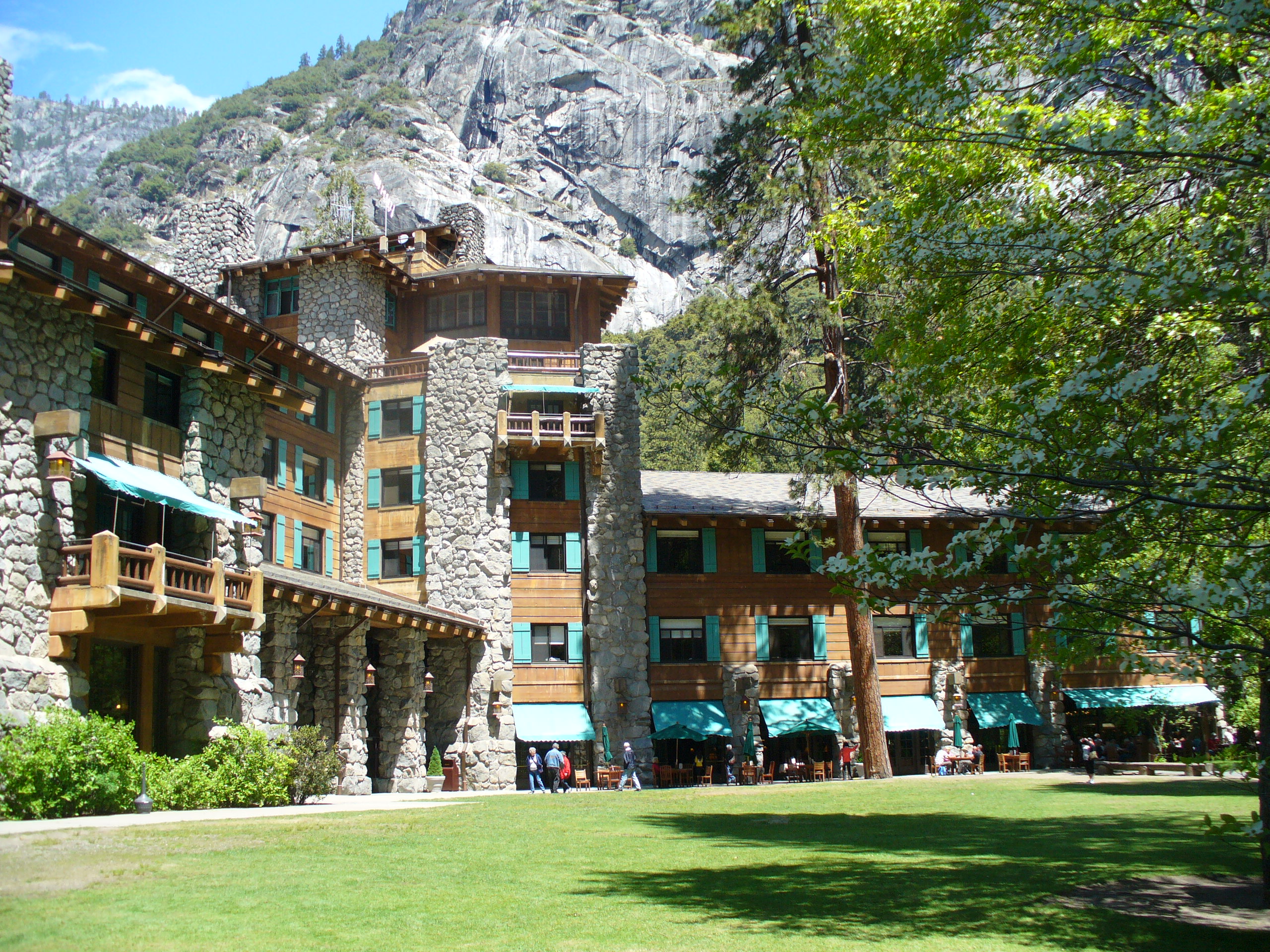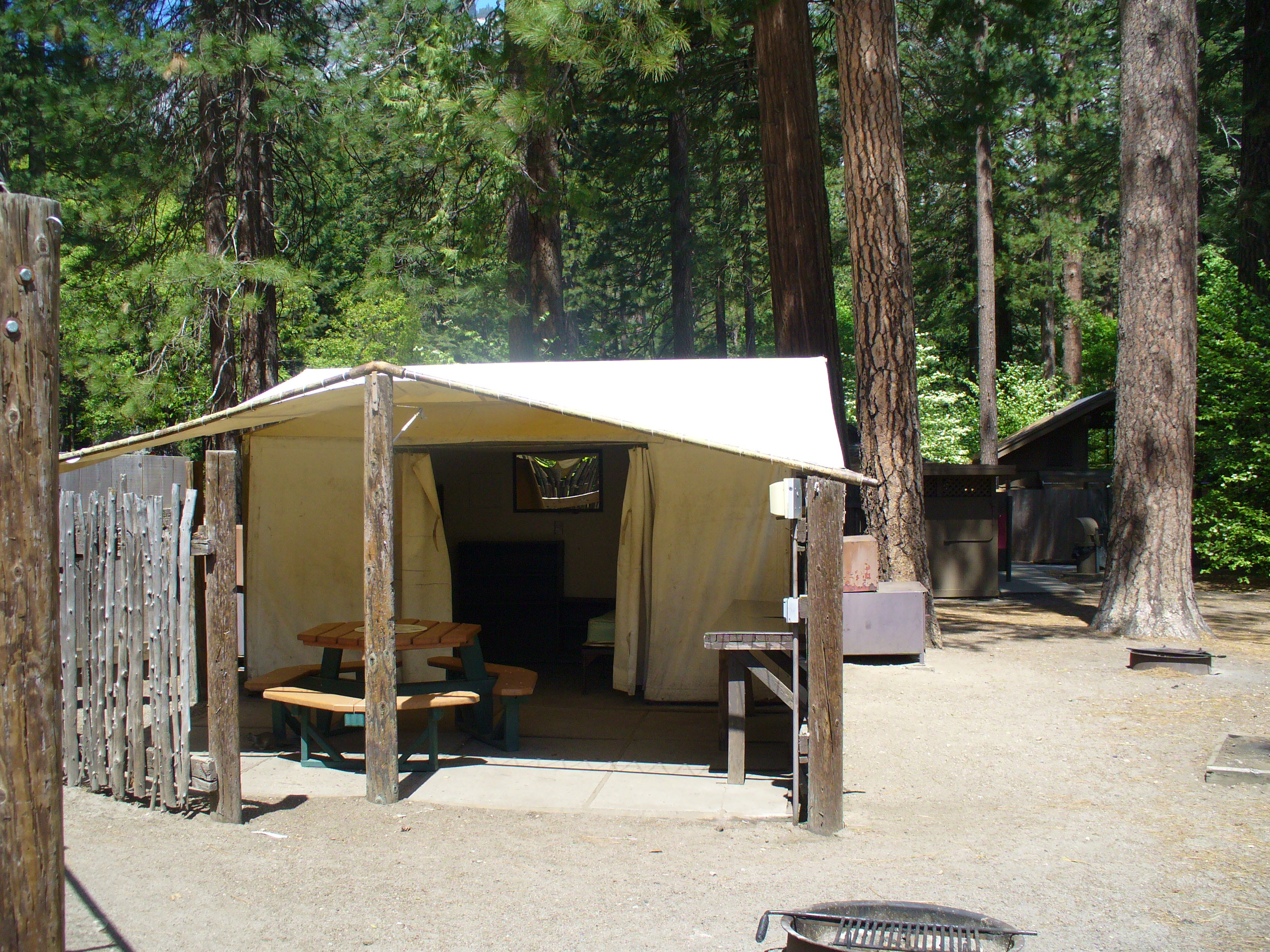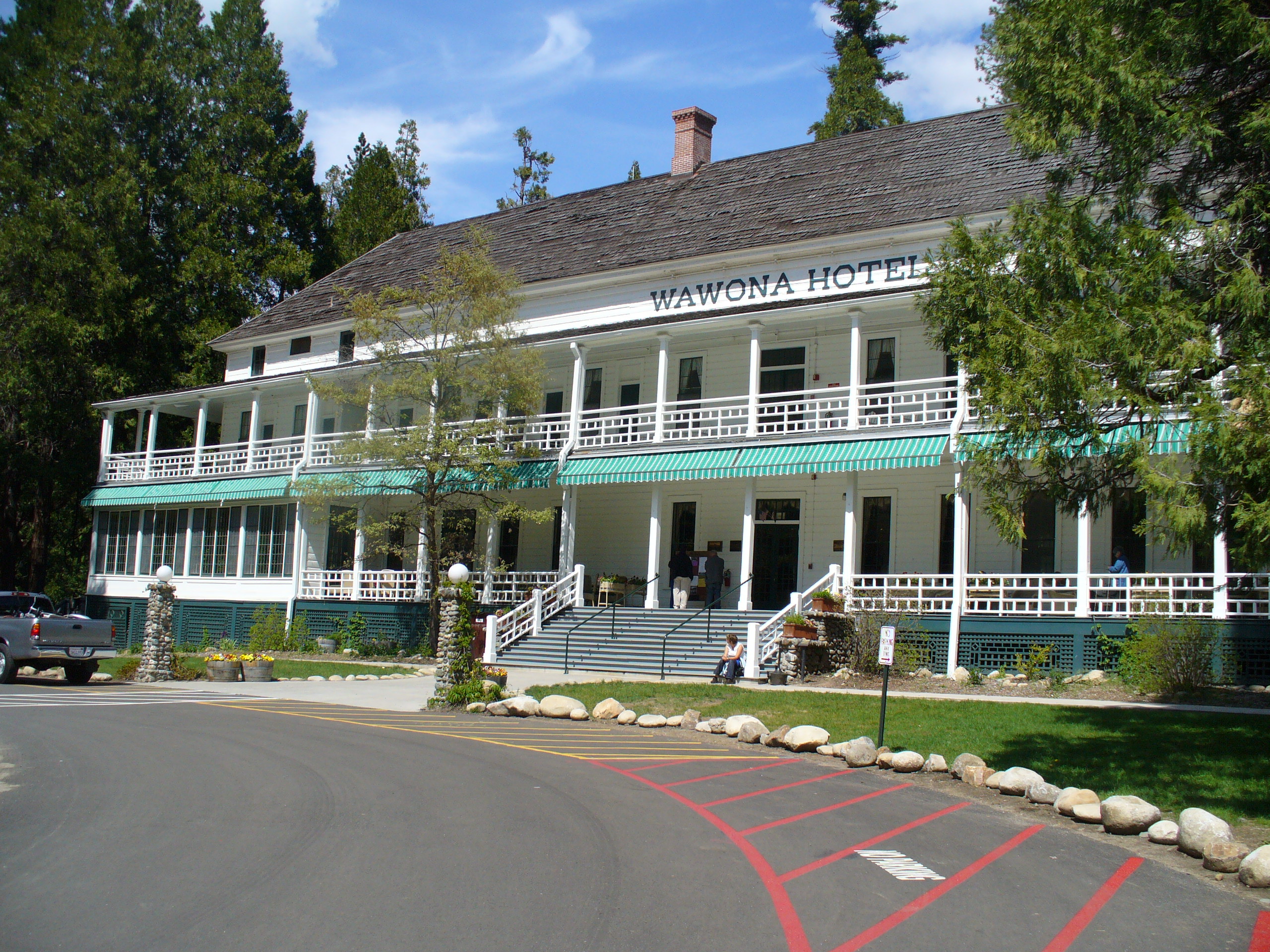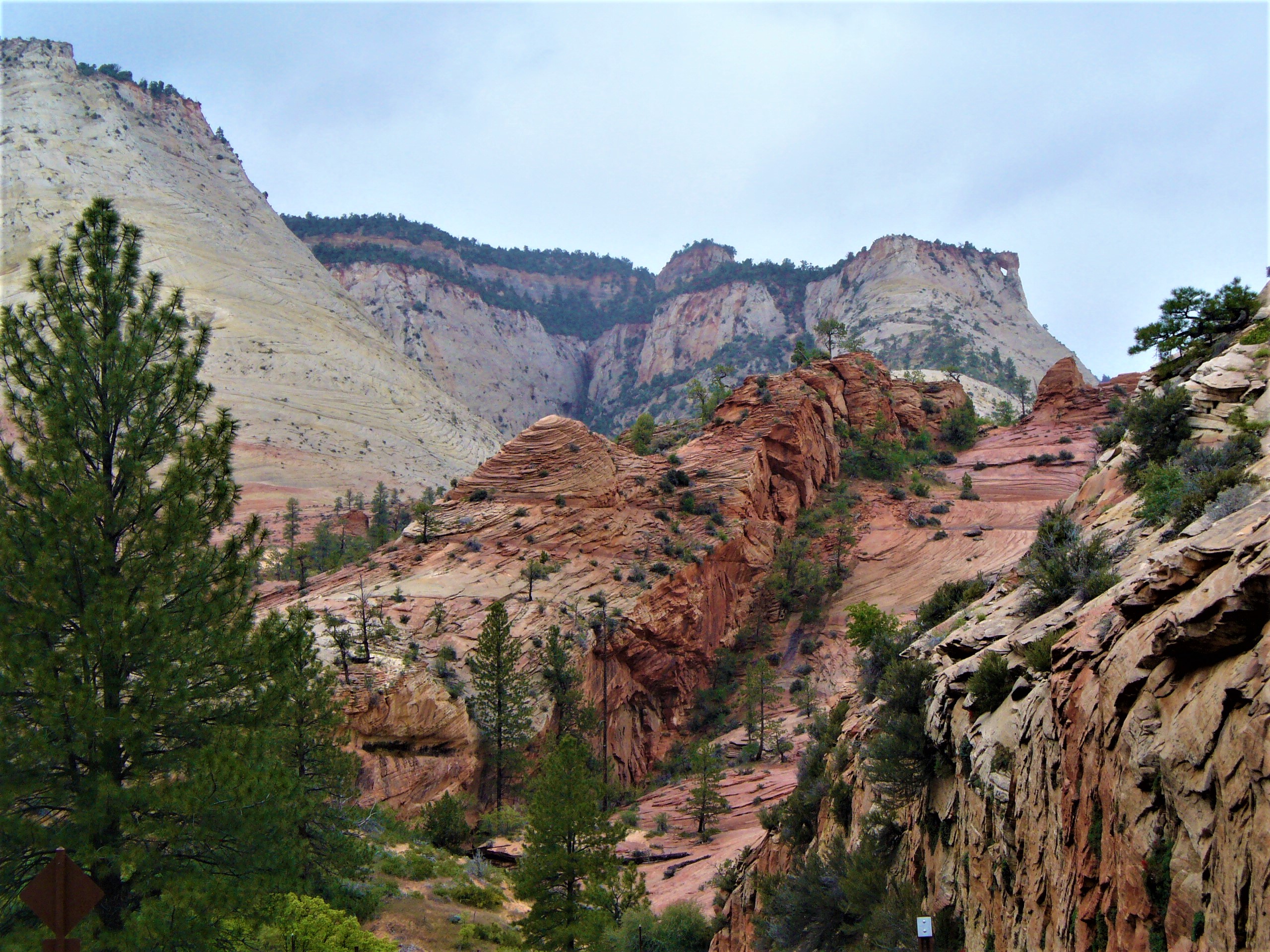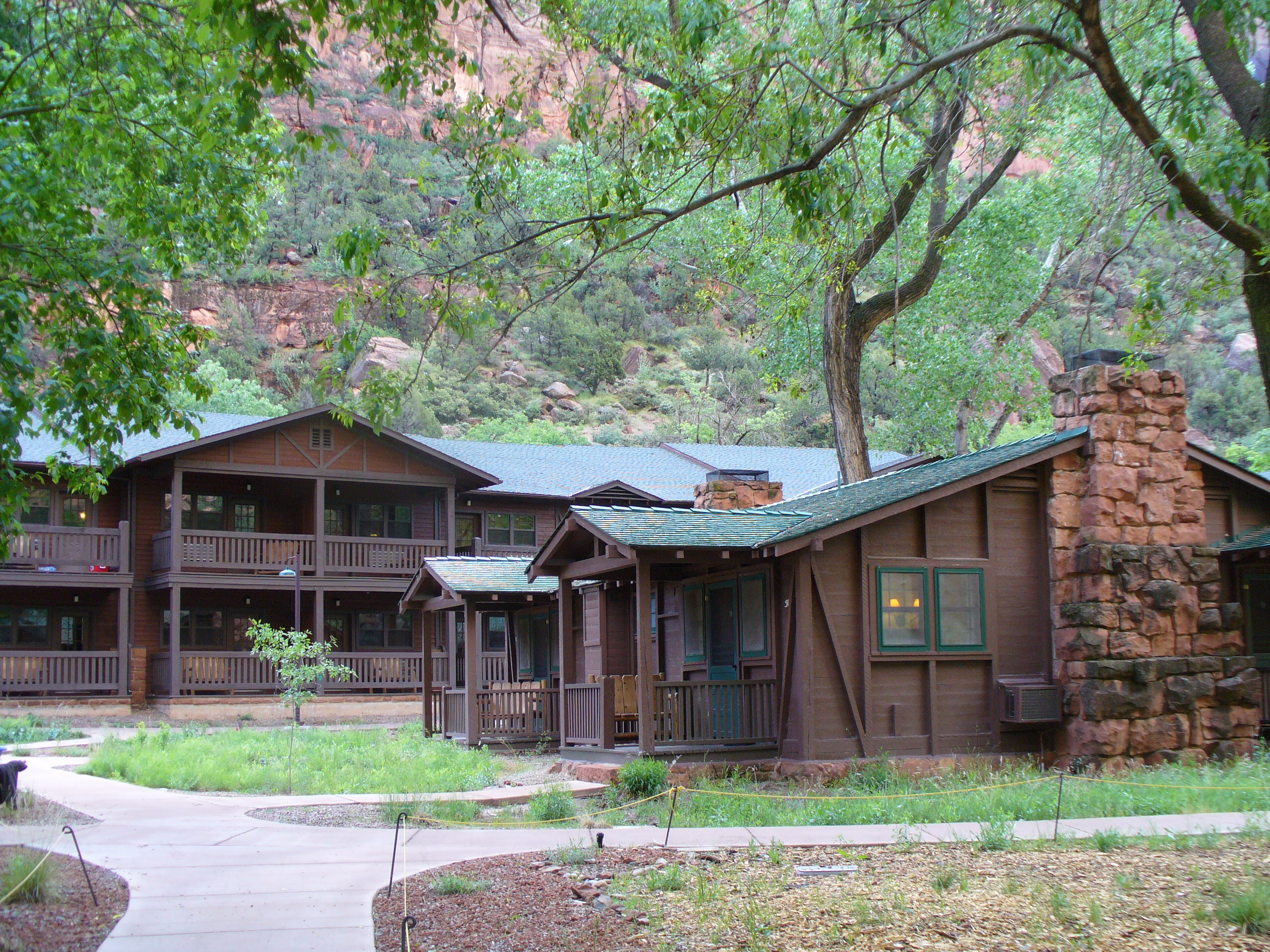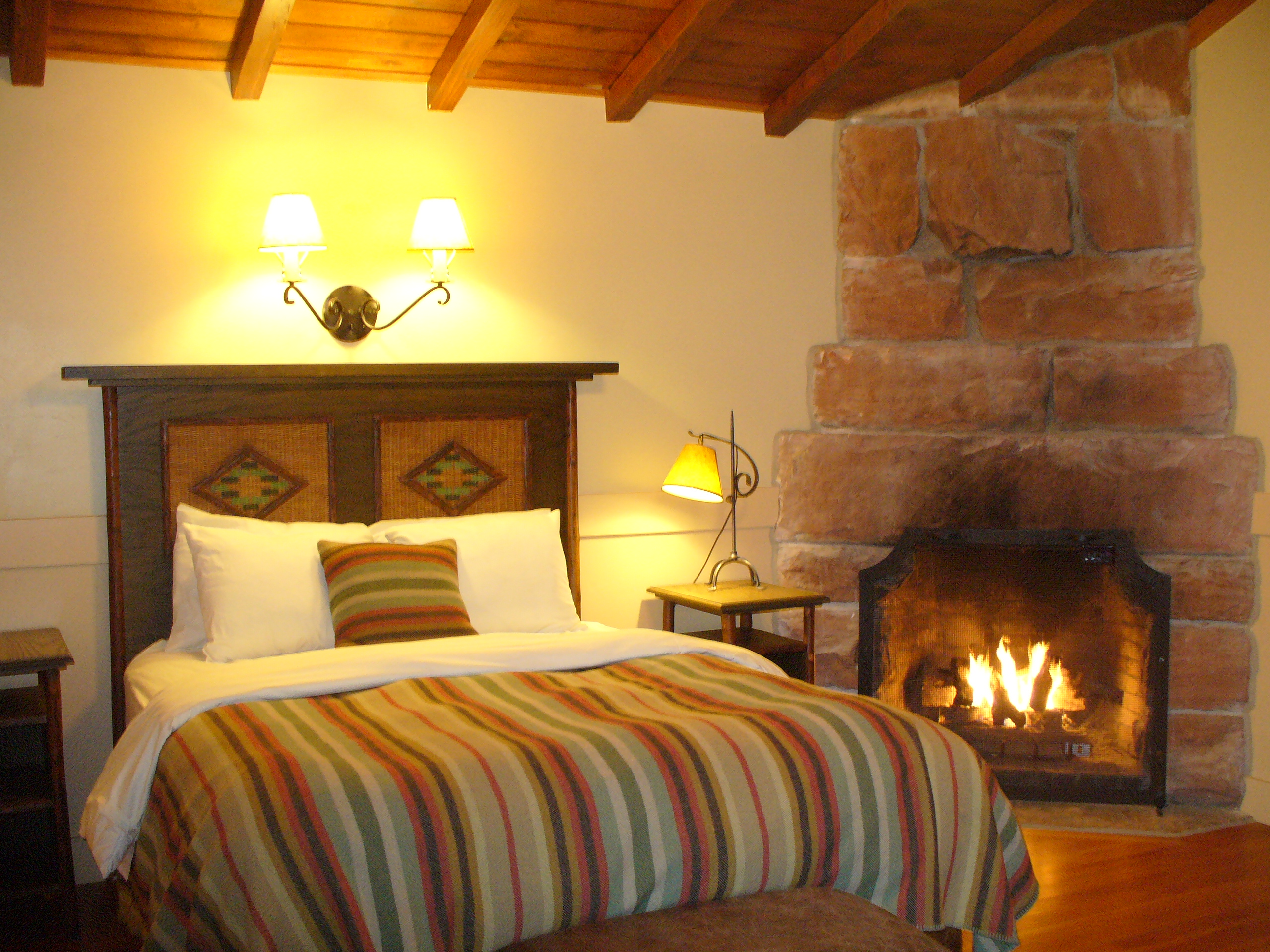The Oregon Trail in Missouri-Kansas:
Beginning the Adventure
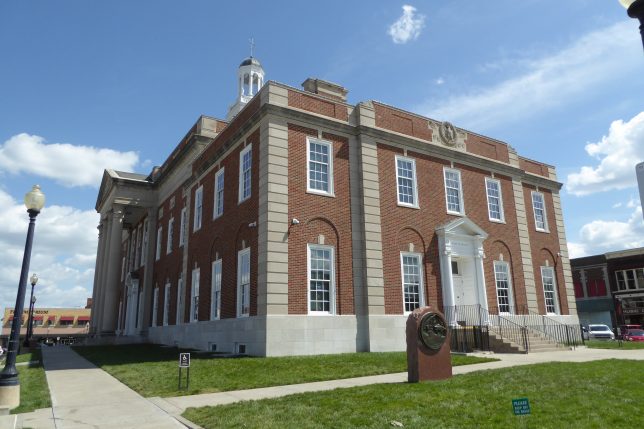
The arc traveled by pioneers through northeastern Kansas on their way to Nebraska’s Platte River is the shortest of the state Oregon Trail segments. Pioneers headed west from numerous jumping-off points along the eastern bank of the Missouri River, including St. Joseph, Missouri, and Council Bluffs, Iowa. However, Independence, Missouri, is generally considered the main departure point for the Oregon Trail, at least during the early years when pioneer families seeking to homestead western land comprised the majority of wagon trains heading west.
At Courthouse Square in downtown Independence visitors can view a marker near where the emigrants gathered to rest, repair their wagons, acquire provisions, and locate other pioneers interested in traveling together to the promised land in Oregon. This is a good point to begin your trip west.
Nearby Courthouse Square former president Harry S Truman’s home (223 N. Main St.) is managed by the National Park Service and open daily for tours (closed Mondays, Labor Day through Memorial Day). Tickets for the home tour must be purchased at the visitor center. The home is part of the Harry S Truman National Historic Site. Modern-day roads zigzag in the general direction of the trail established by the pioneers, but are often some distance from the actual trail. This is true through much of northeastern Kansas where the emigrants looped over and up to Nebraska and the Platte River.
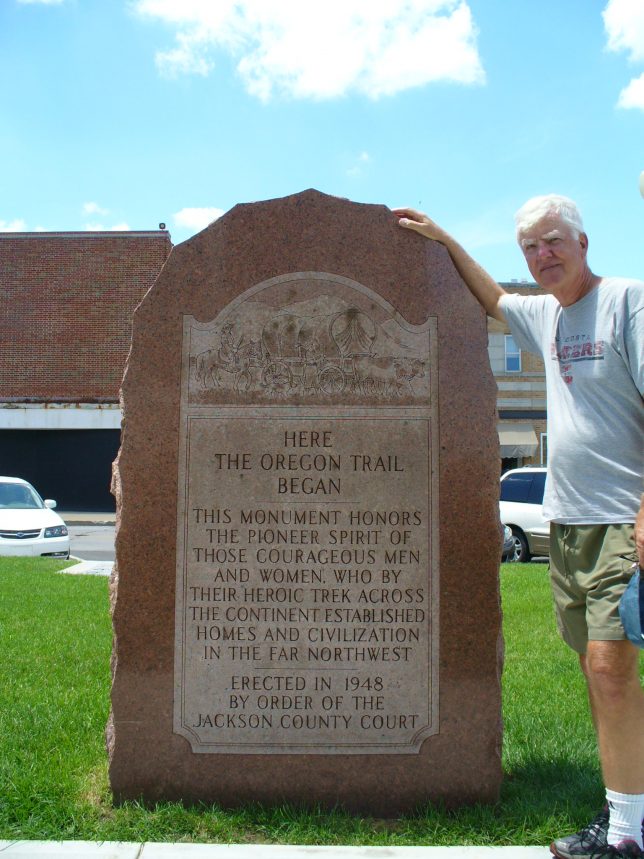
Crossing the Missouri River and entering Kansas via I-435, a series of highways including U.S. 56, U.S. 59, and U.S. 40 follow the general route of the Oregon Trail through present-day towns of Lawrence and Topeka. The Kansas Museum of History in Topeka (6425 SW Sixth Avenue) offers exhibits and information about the trail. Further northwest, not far from the Nebraska border, Marysville is near the junction of trails originating in Independence and St. Joseph. It is also where the trails meet the Pony Express Trail that originated in St. Joseph, but took a slightly different route across northeast Kansas. Just south of Marysville wagon trains on the trail crossed the Big Blue. A short distance northwest of Marysville, near the Nebraska border, Hollenberg Station is the only Pony Express station in Kansas that remains in its original location. The site is now a national historic landmark. Interesting sites related to the Oregon Trail in Missouri and Kansas include:
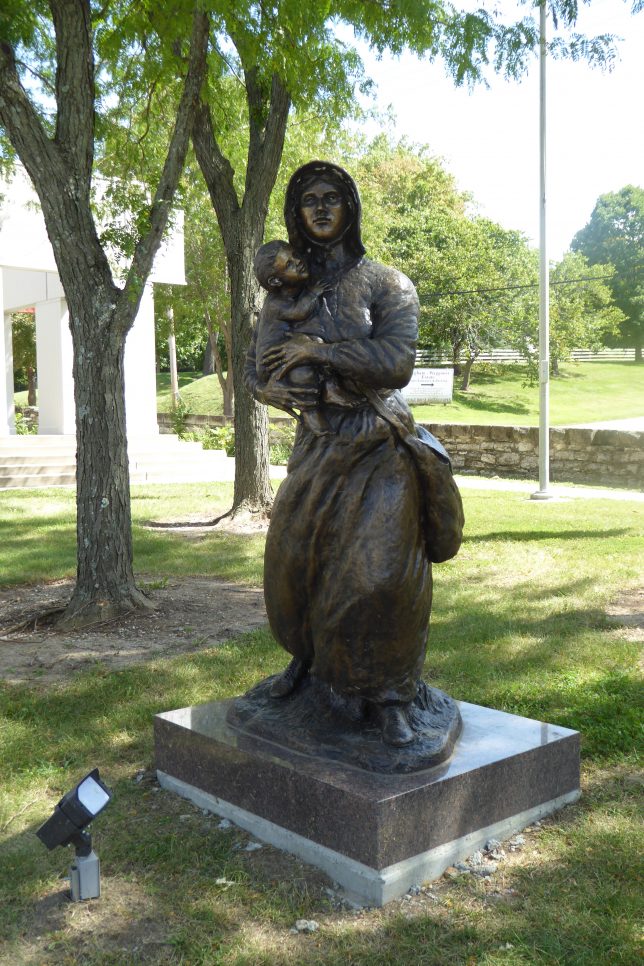
1) National Frontier Trails Museum (318 W. Pacific) – Within walking distance of Independence Courthouse Square, the museum offers exhibits, information, and trail guides for individuals planning their own trip.
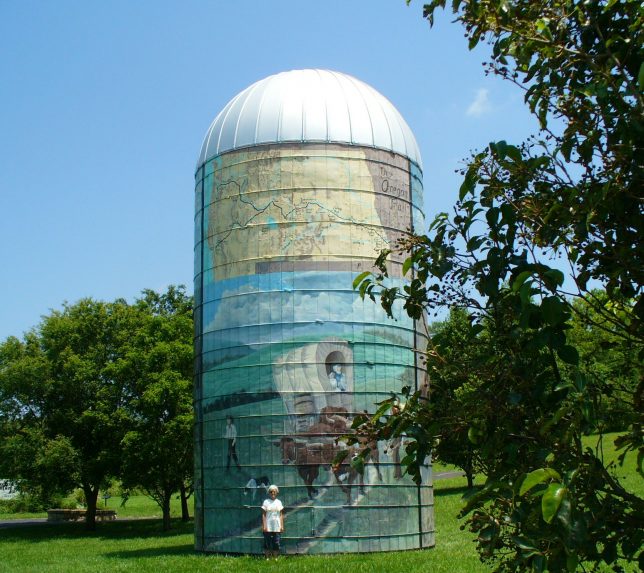
2) Oregon Trail Nature Park – Located between the towns of Belvue and Marysville, this small park allows travelers to walk short nature trails, stand on a hill overlooking a gravel road overlaying the old Oregon Trail, and marvel at a funky silo enhanced with Oregon Trail art. We have visited twice and been the only visitors each time.
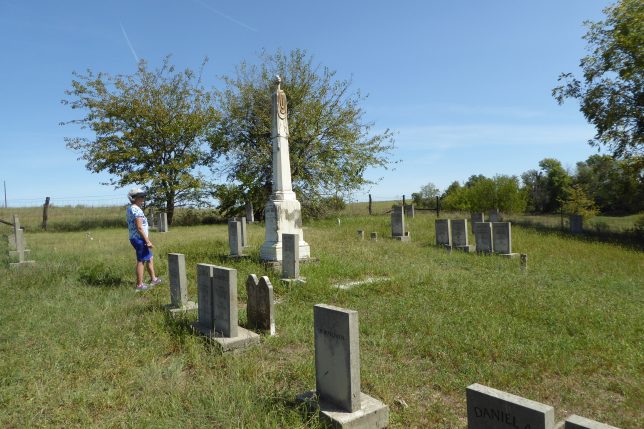
3) Louie Vieux Family Cemetery – Louie Vieux, a Potawatomi Indian of French ancestry, lived in a log cabin on the Oregon Trail. In 1847 Vieux constructed a bridge over the Vermillion River and collected tolls from pioneers heading west. Vieux is buried in a family cemetery near where the bridge was located. The cemetery is located 3 miles east of Louisville, KS on Oregon Trail Road. Nearby is the National Historic Oregon Trail Cholera Cemetery.
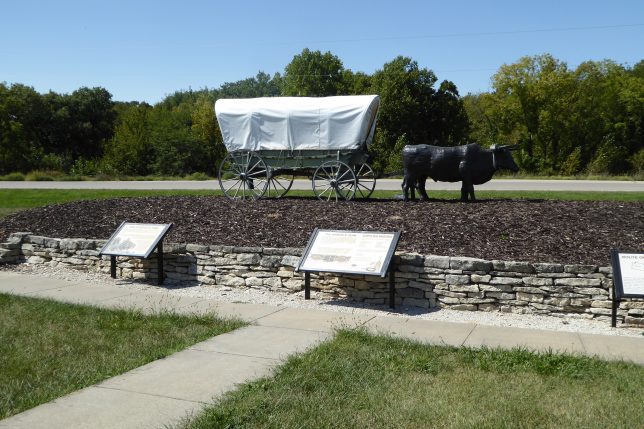
4) Scott Spring – Just south of the present-day town of Westmoreland, Scott Spring served as a stopping point for pioneers on the trail. A small park just north of the spring has informational signs and a full-scale covered wagon. Oregon Trail information is available in the Westmoreland museum.
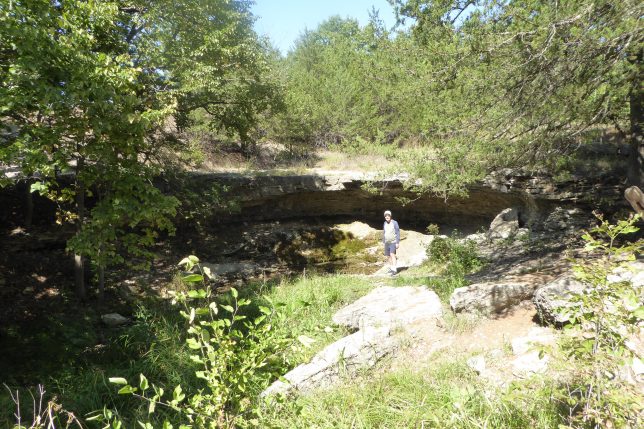
5) Alcove Spring – Near the town of Marysville, this well-known spring along the Oregon Trail enticed pioneers to camp nearby. The spring is near Independence Crossing where wagon trains on the Oregon Trail forded the Big Blue River. The infamous Donner Party was delayed here for five days in 1846 due to high water in the river. Departing Alcove Spring, pioneers departed the tallgrass prairie and entered the Great Plains to follow the Great Platte River Road.

